Astronomers are on the trail of one of the universe’s most enigmatic events: powerful bursts of radio waves that disappear in the blink of an eye. Using Hubble, they have traced the radio bursts to the spiral arms of distant galaxies.
Tag: NASA
Global climate trend since Dec. 1 1978: +0.14 C per decade
Global Temperature Report: April 2021
(New Reference Base, 1991-2020)
Hubble Watches How a Giant Planet Grows
Researchers using Hubble directly measured the mass growth rate of PDS 70b for the first time by using the observatory’s unique ultraviolet sensitivities to capture radiation from extremely hot gas falling onto the planet.
Hubble Captures Giant Star on the Edge of Destruction
Hubble is marking its 31st anniversary in orbit with this image of a “celebrity star.” AG Carinae is one of the brightest stars seen in our Milky Way galaxy, encircled by a glowing halo of gas and dust.
NASA awards $2 million for Wichita State professor to study the sun
Wichita State University’s Dr. Nick Solomey, professor of physics, has been awarded a $2 million grant from NASA for his work on developing a neutrino detector to work in space and close to the sun.
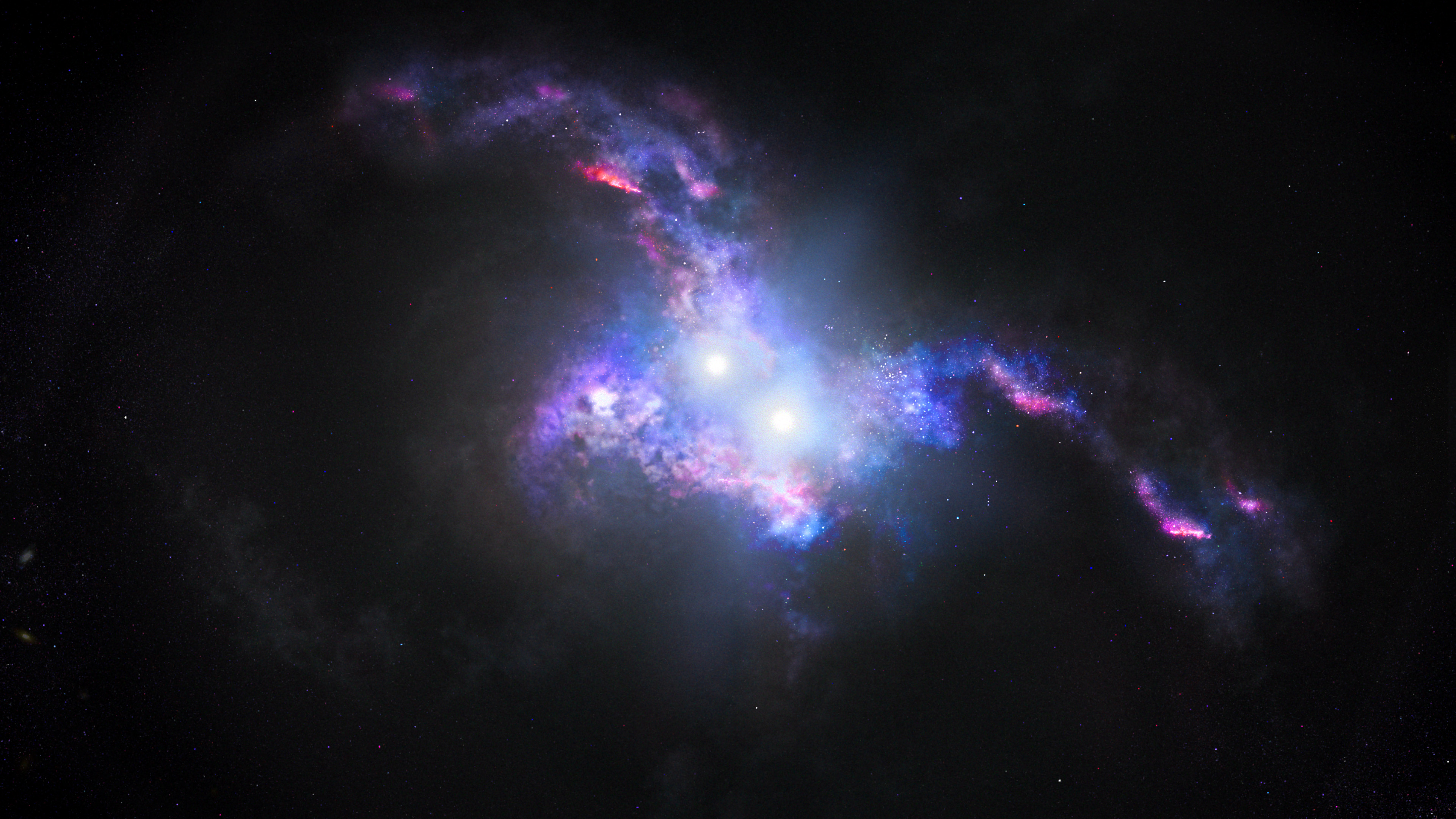
Hubble Spots Double Quasars in Merging Galaxies
Astronomers are “seeing double,” uncovering two close pairs of ancient quasars that reside at the centers of merging galaxies. These brilliant light beacons are powered by supermassive black holes feeding on material, unleashing a torrent of radiation.
Space policy continues to shoot for the Moon: ASU Thunderbird’s newest professor says space appears to be one thing Trump and Biden agree on
ASU Thunderbird’s newest professor says space appears to be one thing Trump and Biden agree on The Biden White House has generally made every attempt to distance itself from the Trump administration’s policies and messaging. The new president has swiftly…
Expert in Industry of Outer Space, Greg Autry Joins Thunderbird School of Global Management at ASU
Press Release Announcement: Space-Sector Expert Joins ASU Thunderbird
STScI to Host Science Writers’ Workshop: Towards the Comprehensive Characterization of Exoplanets
On Monday, April 19, 2021, journalists are invited to attend a virtual workshop for science writers on characterizing planets orbiting other stars. The workshop is hosted by the Space Telescope Science Institute (STScI) in Baltimore, Maryland.
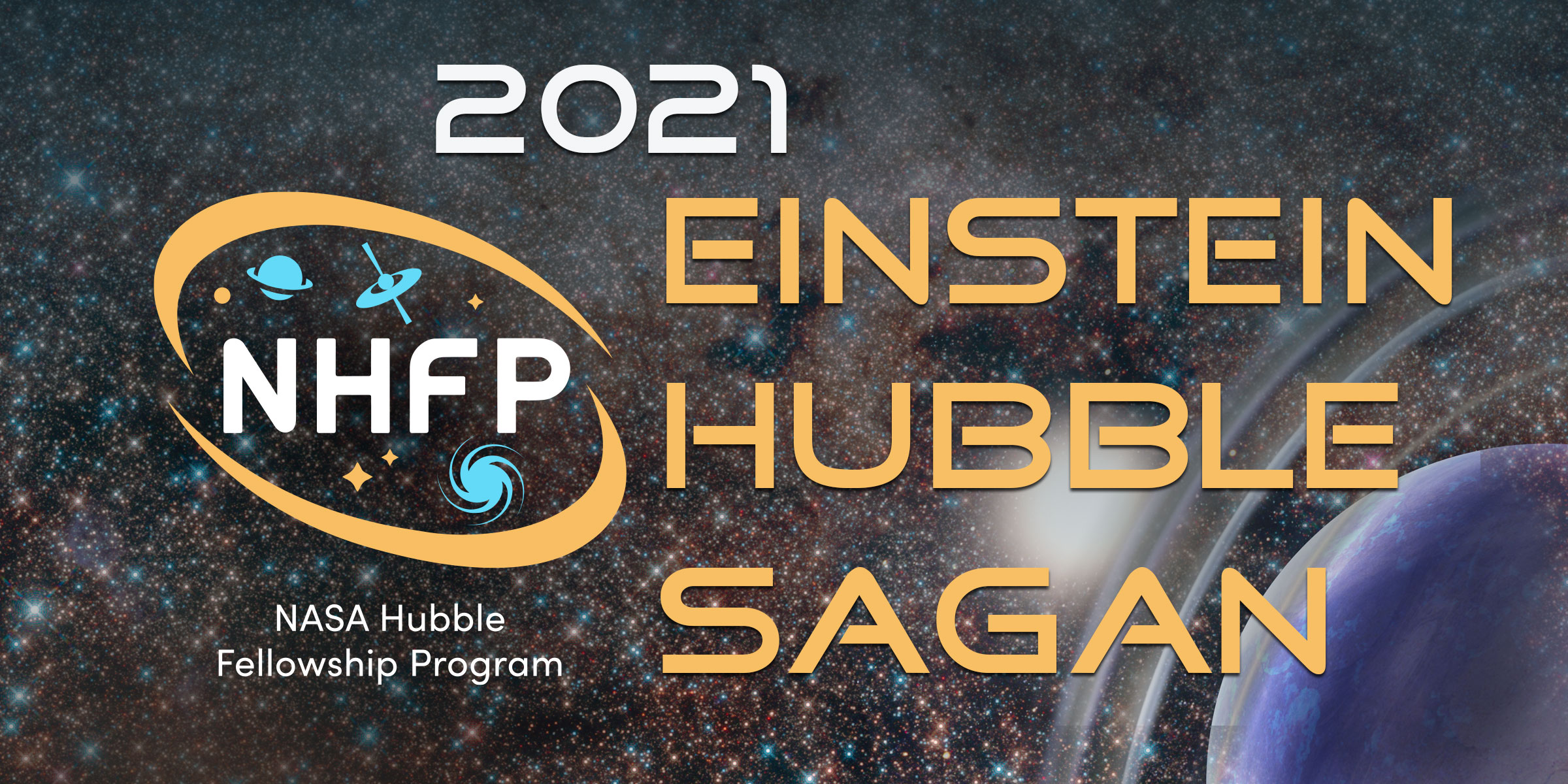
NASA Awards Postdoctoral Fellowships for 2021
NASA has selected 24 new Fellows for its prestigious NASA Hubble Fellowship Program (NHFP). The NHFP is one of the highlights of NASA’s pursuit of excellence in astrophysics. The program enables outstanding postdoctoral scientists to pursue independent research in any area of NASA Astrophysics, using theory, observation, experimentation, or instrument development. Over 400 applicants vied for the fellowships. Each fellowship provides the awardee up to three years of support.
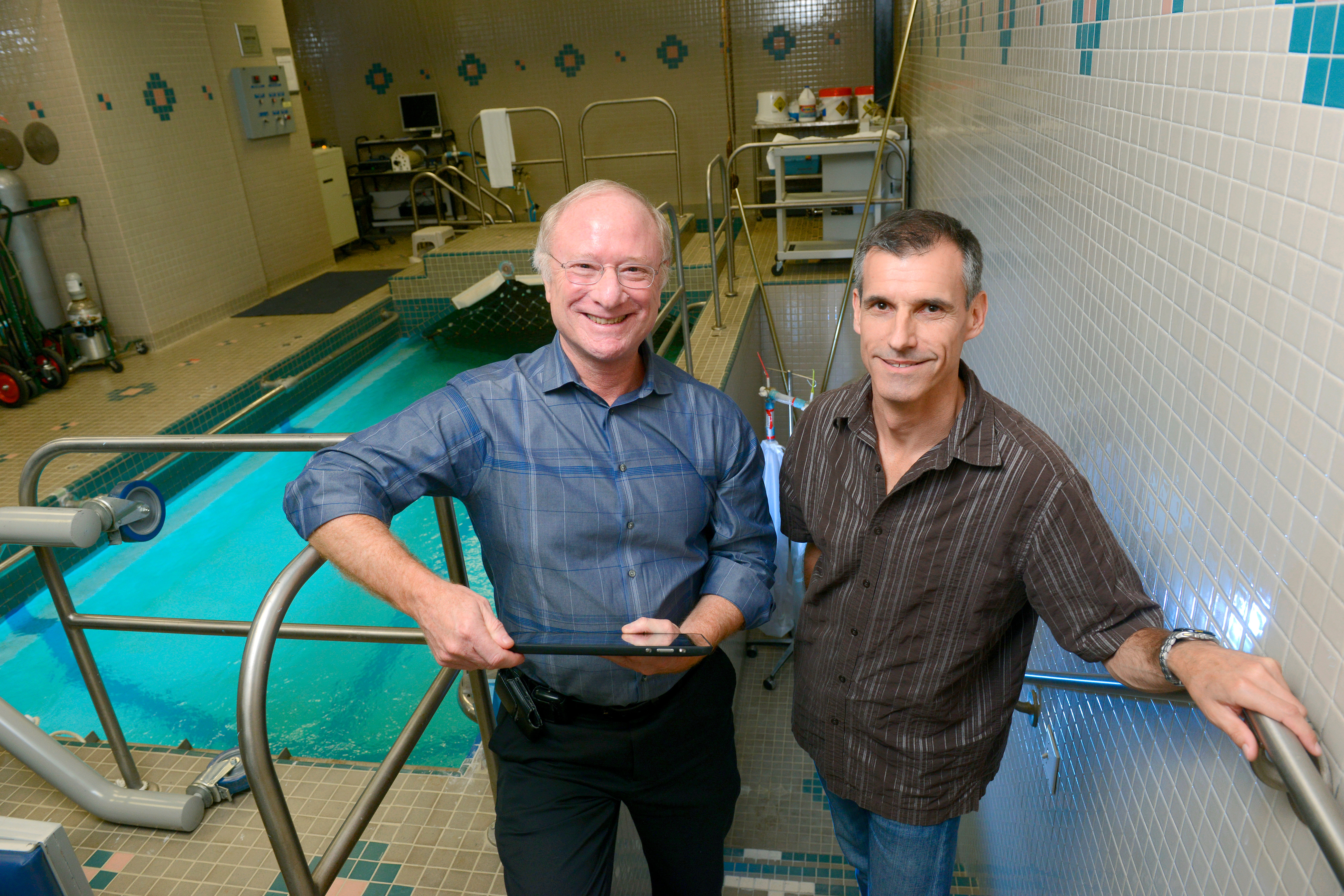
Even With Regular Exercise, Astronaut’s Heart Left Smaller After A Year In Space
DALLAS – March. 29, 2021 – With NASA preparing to send humans to Mars in the 2030s, researchers are studying the physical effects of spending long periods in space. Now a new study by scientists at UT Southwestern shows that the heart of an astronaut who spent nearly a year aboard the International Space Station shrank, even with regular exercise, although it continued to function well.
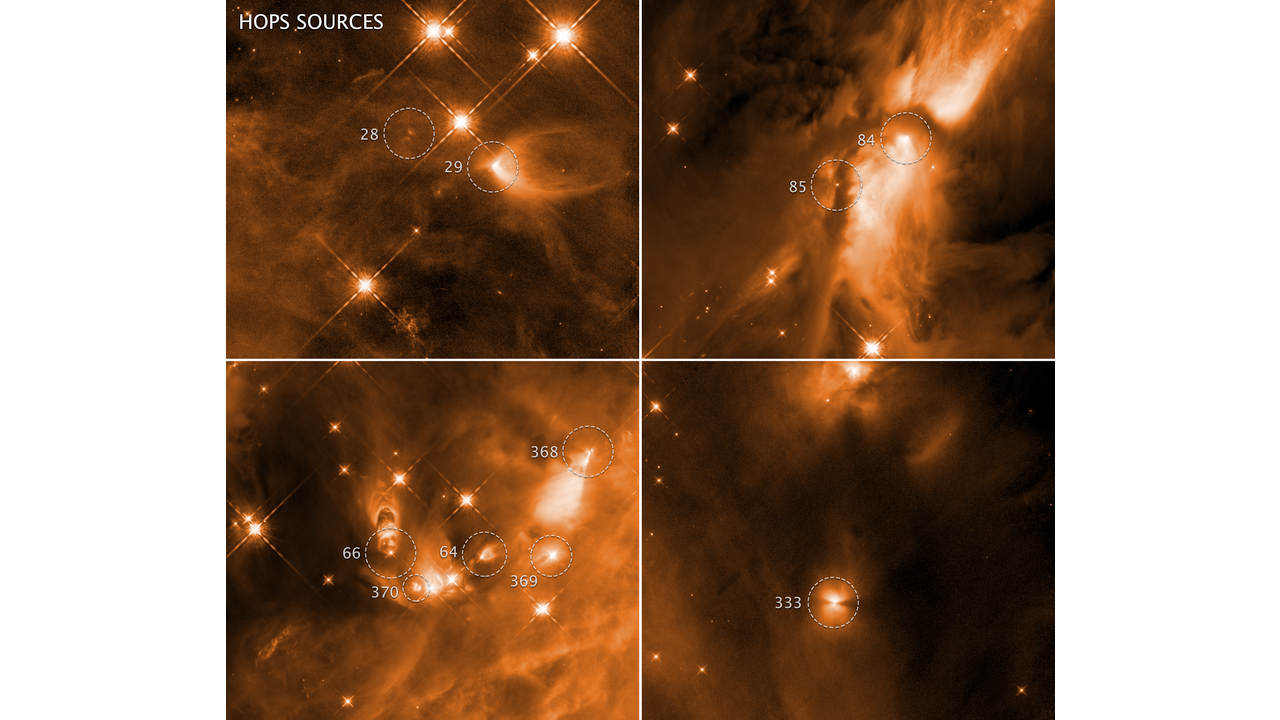
Hubble Shows Torrential Outflows from Infant Stars May Not Stop Them from Growing
These four Hubble images reveal the chaotic birth of stars in the Orion complex, the nearest major star-forming region to Earth. Astronomers found that the cavities in the surrounding gas cloud sculpted by a forming star’s outflow did not grow regularly as they matured, as theories propose.
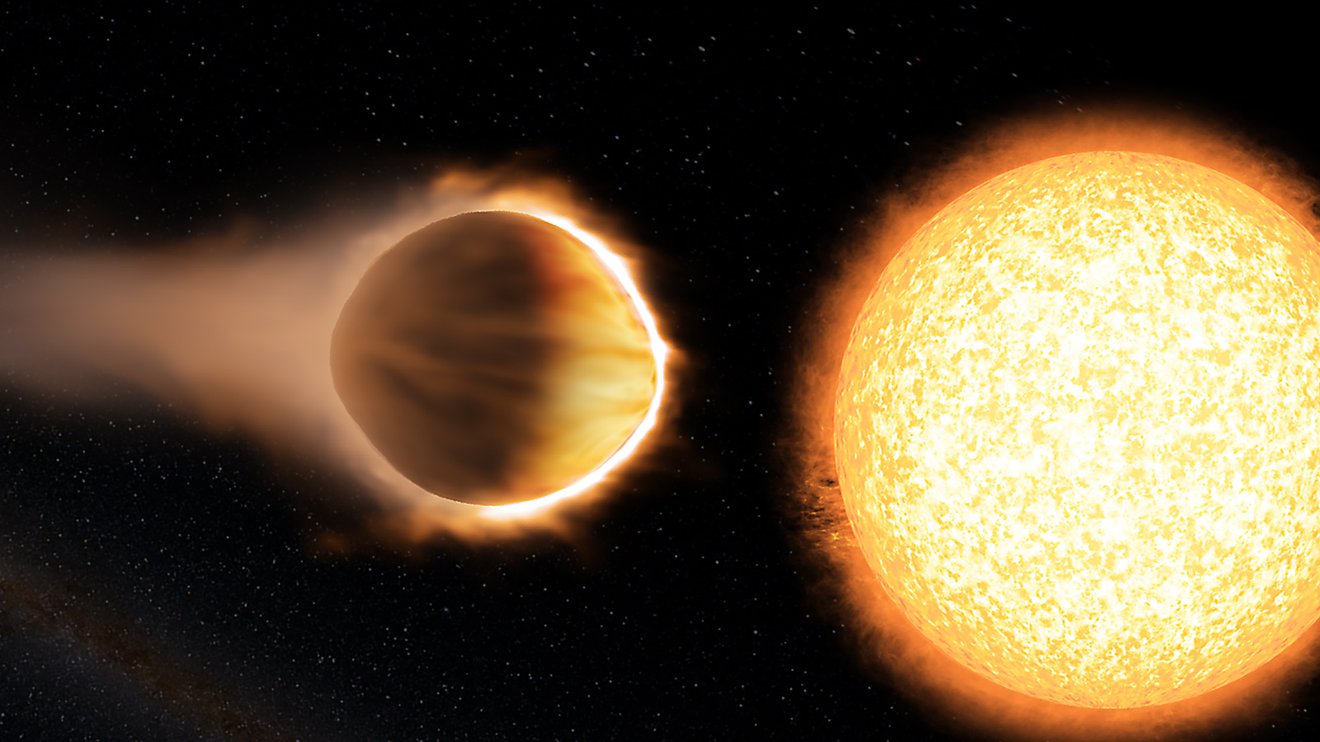
There might be many planets with water-rich atmospheres
A new study by University of Chicago and Stanford University researchers suggests that hot, rocky exoplanets could not only develop atmospheres full of water vapor, but keep them for long stretches.
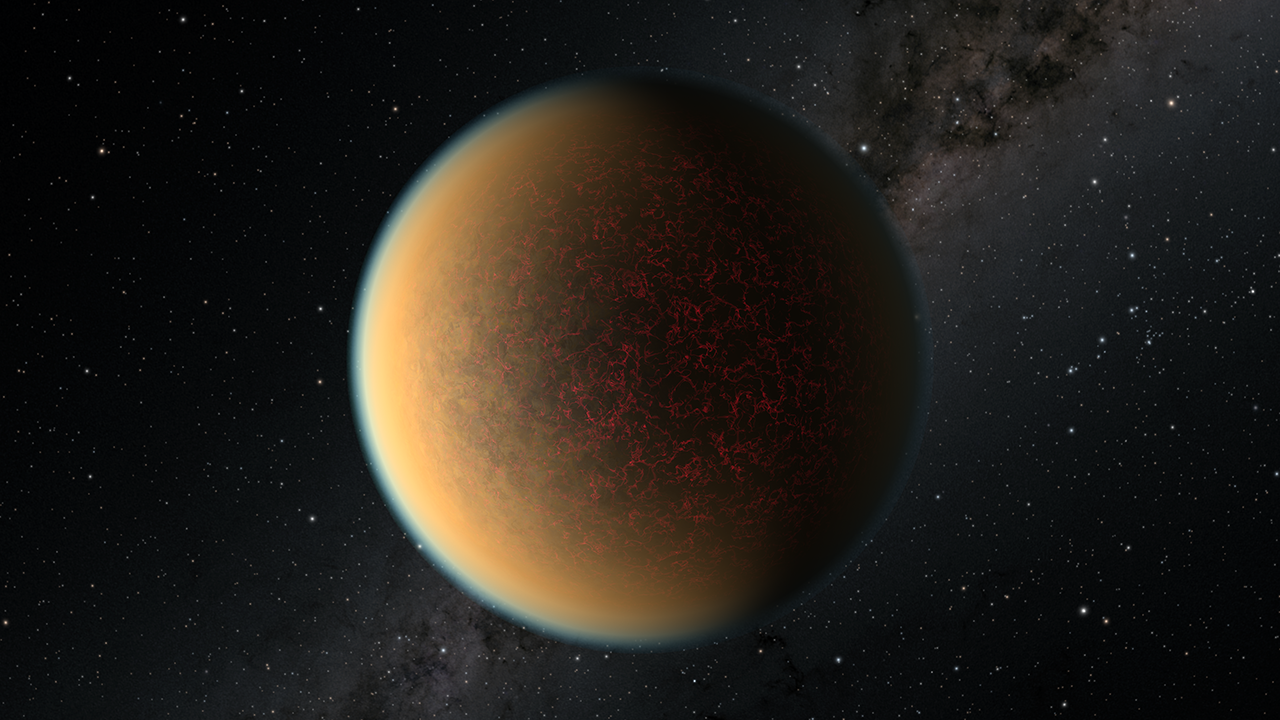
Distant Planet May Be On Its Second Atmosphere, NASA’s Hubble Finds
Scientists using NASA’s Hubble Space Telescope have found evidence that a planet orbiting a distant star may have lost its atmosphere but gained a second one through volcanic activity.
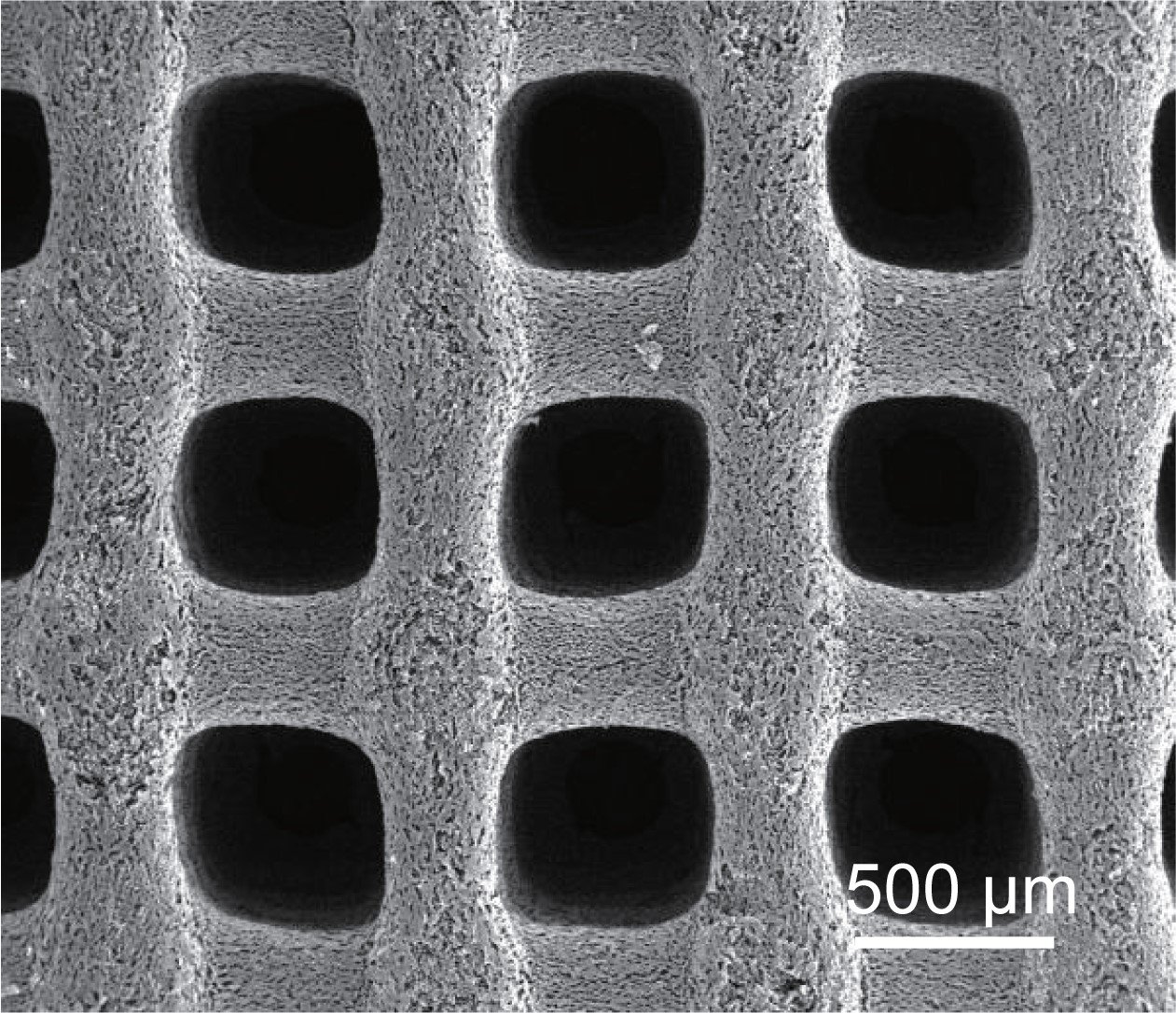
Porous, ultralow-temperature supercapacitors could power Mars, polar missions
Researchers reporting in ACS’ Nano Letters have 3D printed porous carbon aerogels for electrodes in ultralow-temperature supercapacitors, reducing heating needs for future space and polar missions.
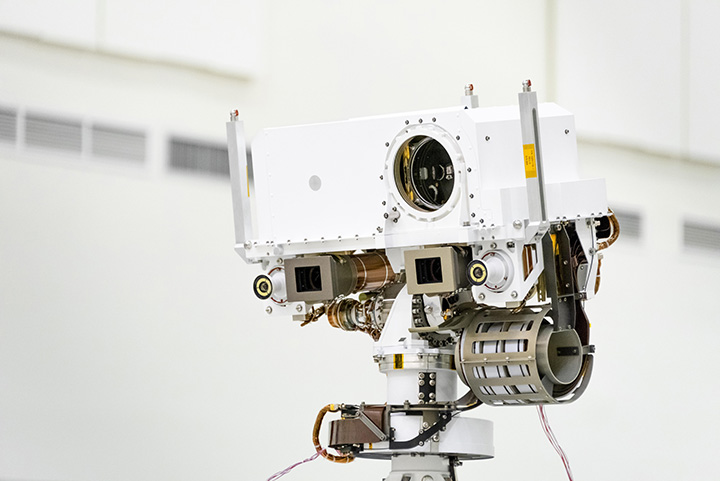
MEDIA ADVISORY: News conference
Los Alamos National Laboratory and France’s National Centre for Space Studies (CNES) will hold an online press conference on Wednesday, March 10, to assess the health of SuperCam, the rock-zapping laser that was developed under the auspices of the two institutions and is now on board the NASA Perseverance rover on the surface of Mars.
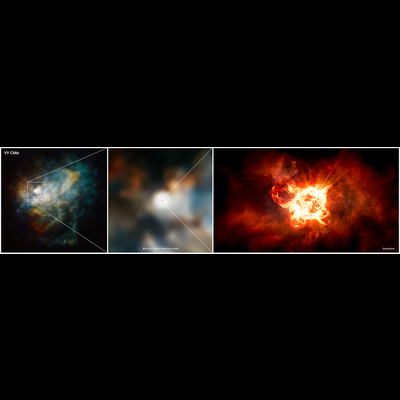
Hubble Solves Mystery of Monster Star’s Dimming
Hubble astronomers are investigating the dimming of one of the most colossal stars ever seen, VY Canis Majoris. Big enough to swallow our solar system out to Saturn’s orbit, the faded star is expelling huge dust clouds late in its life.
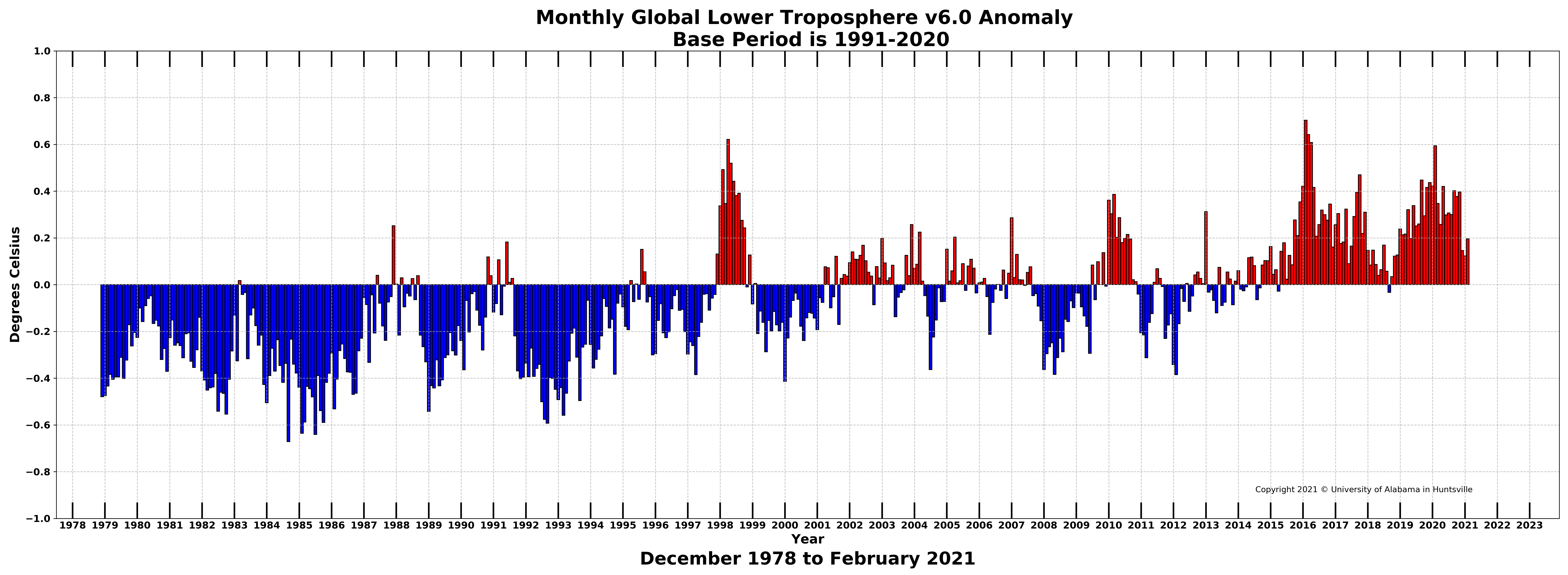
Global climate trend since Dec. 1 1978: +0.14 C per decade
Global Temperature Report: February 2021
(New Reference Base, 1991-2020)
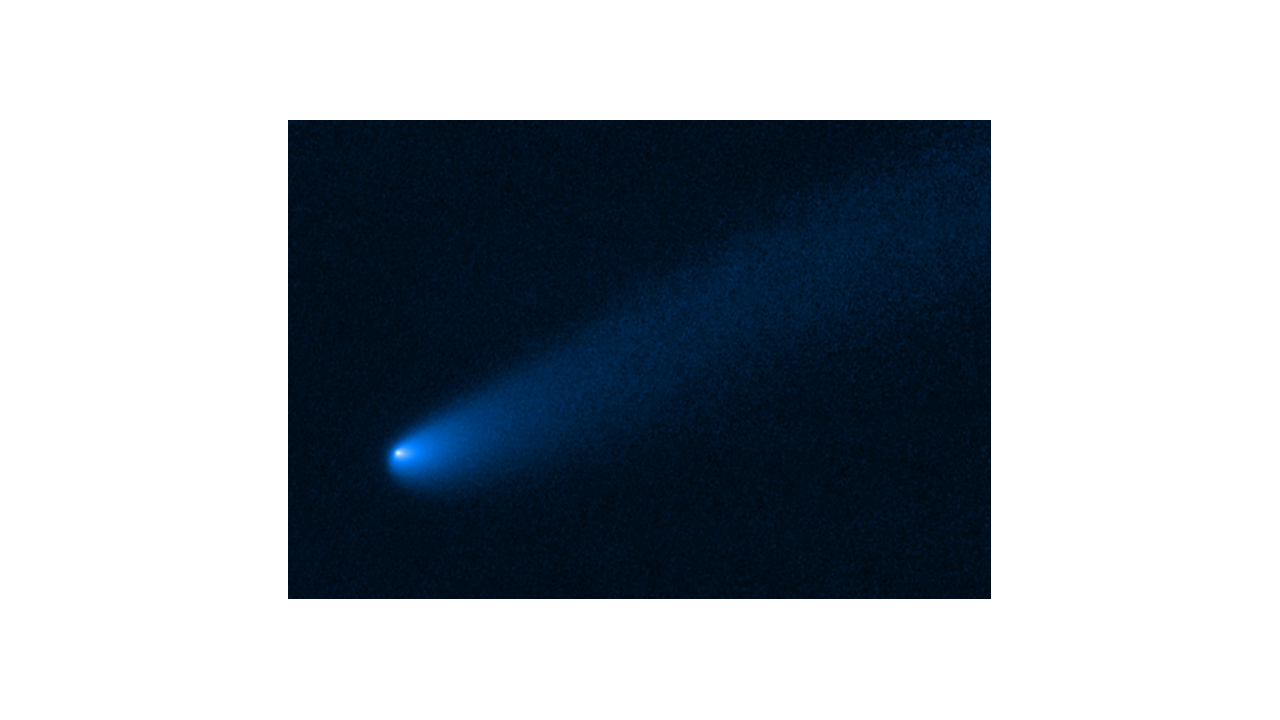
Comet Makes a Pit Stop Near Jupiter’s Asteroids
Hubble snapped this image of the young comet-like object P/2019 LD2 as it orbits near Jupiter’s captured ancient asteroids, which are called Trojans. The icy object is the first comet astronomers have spotted near the Trojan population.
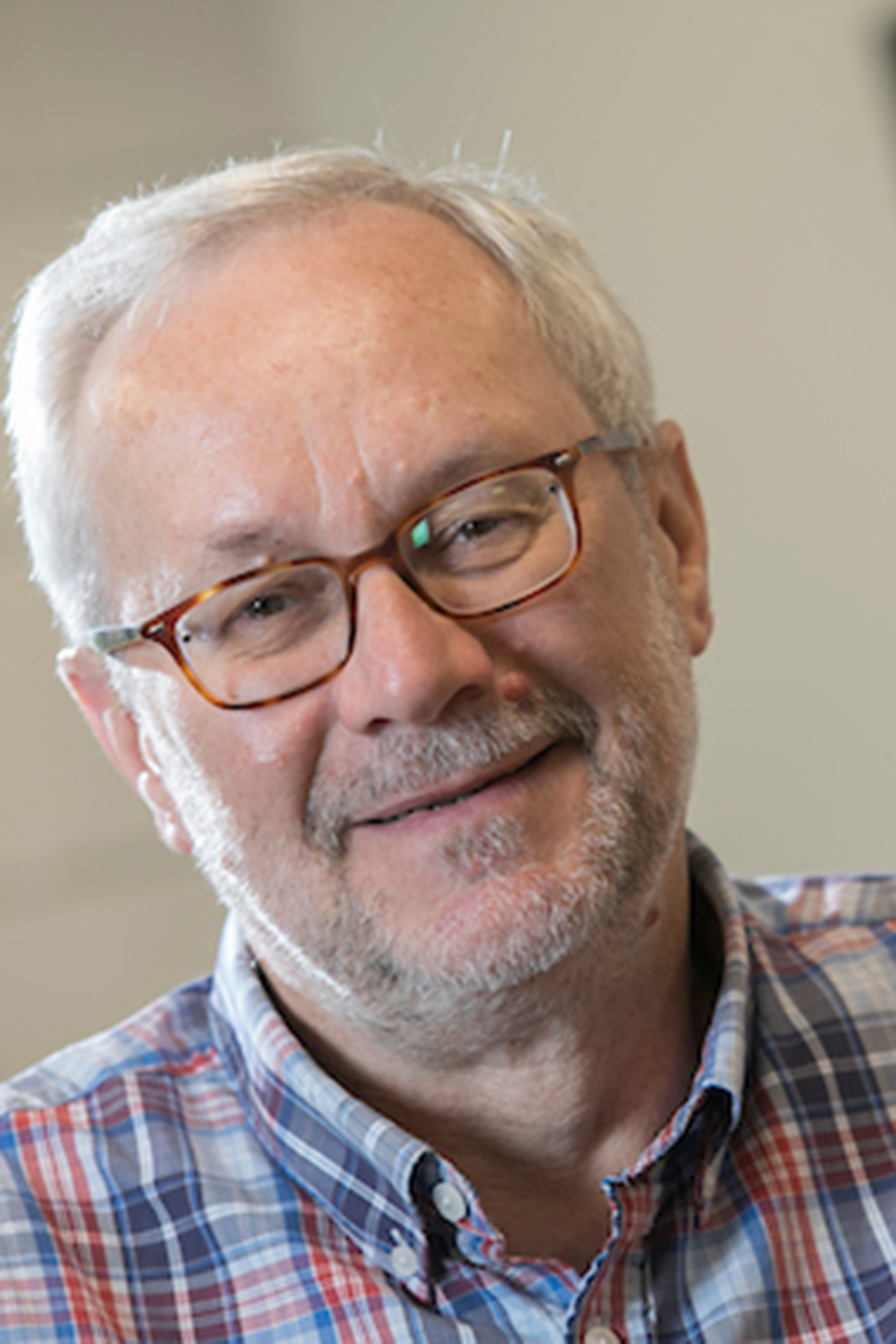
Seeking History of Life on Mars: 2020 Perseverance Rover Experts Available
The new era of space exploration features two Stony Brook University faculty members as part of the development of NASA’s Mars2020 Perseverance rover that recently landed. Distinguished Professor Scott McLennan and Associate Professor Joel Hurowitz worked on the PIXL (Planetary Instrument for X-ray Lithochemistry) that is attached to the arm of the rover. Professor Hurowitz also serves as the deputy principal investigator for the PIXL and is part of the scientific leadership of the mission.

What will ancient sedimentary rock tell us about the history of life on Mars?
The new era of space exploration features two Stony Brook University faculty members as part of the development of NASA’s Mars2020 Perseverance rover that recently landed. Distinguished Professor Scott McLennan and Associate Professor Joel Hurowitz both worked on the PIXL (Planetary Instrument for X-ray Lithochemistry) that is attached to the arm of the rover. The PIXL is a micro-focus X-ray fluorescence instrument that rapidly measures elemental chemistry by focusing an X-ray beam to a tiny spot on the target rock or soil, analyzing the induced X-ray fluorescence. Both professors have been working on Mars missions with NASA since 2004.
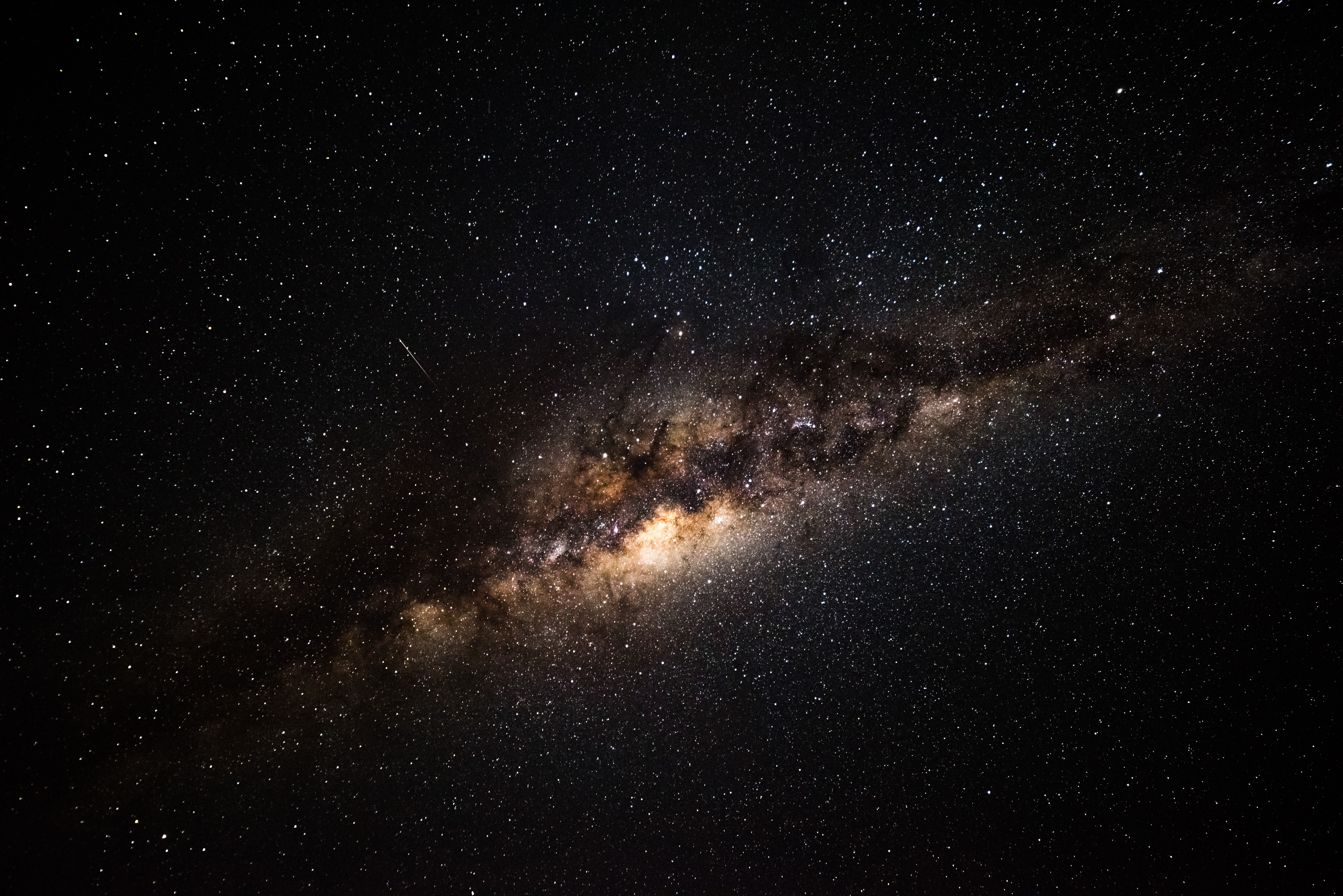
Experts Advisory: Perseverance on Target for Mars Landing
ALBANY, N.Y. (Feb. 17, 2021) – After having traveled nearly 292.5 million miles, NASA’s Perseverance spacecraft is just about set to touch down on Mars. The landing, scheduled for about 3 p.m. on Thursday, is the culmination of a seven-month…
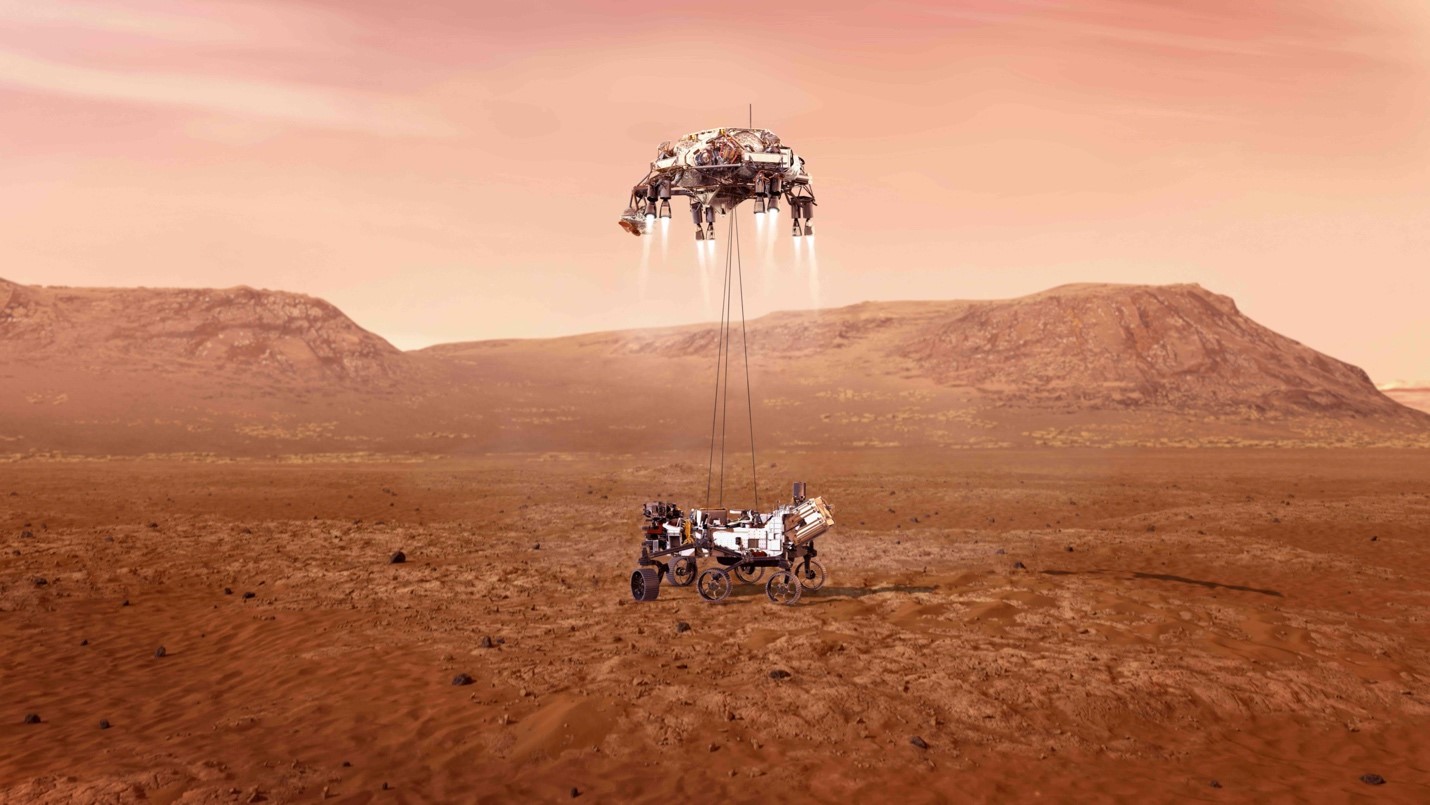
Perseverance rover takes New Mexico to Mars
When NASA’s Mars Perseverance rover touches down on the surface of Mars on Feb. 18, a bit of New Mexico will land along with it, thanks to work done at Los Alamos National Laboratory.
Perseverance’s zoom cameras to take historic focus on Mars
NASA’s Perseverance rover has been on a journey to Mars since its launch in July 2020 and is set to land on the red planet on Feb. 18. The rover will look for evidence of ancient life and collect soil…
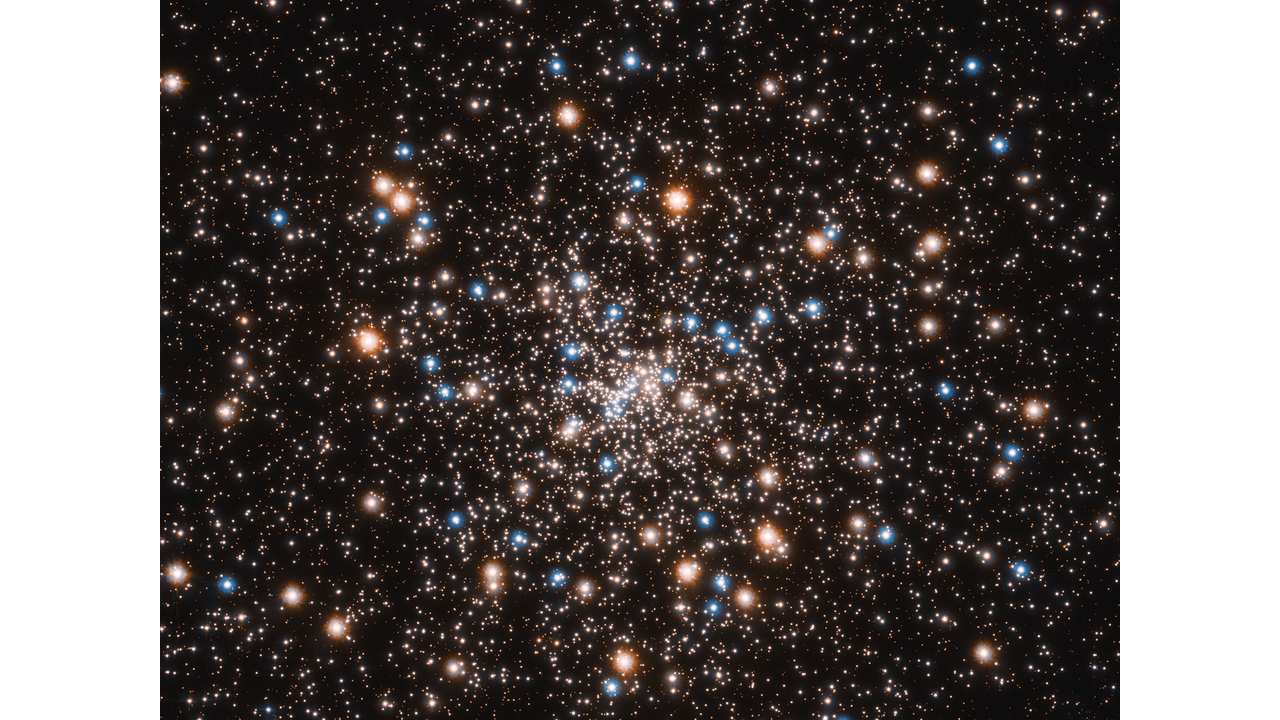
Hubble Uncovers Concentration of Small Black Holes
Astronomers using the Hubble Space Telescope in their hunt for a massive black hole at the heart of the globular cluster NGC 6397 found something they weren’t expecting: a concentration of smaller black holes lurking there instead. This is a new twist on the search for intermediate-mass black holes. They are the long-sought “missing link” between supermassive black holes and stellar-mass black holes.
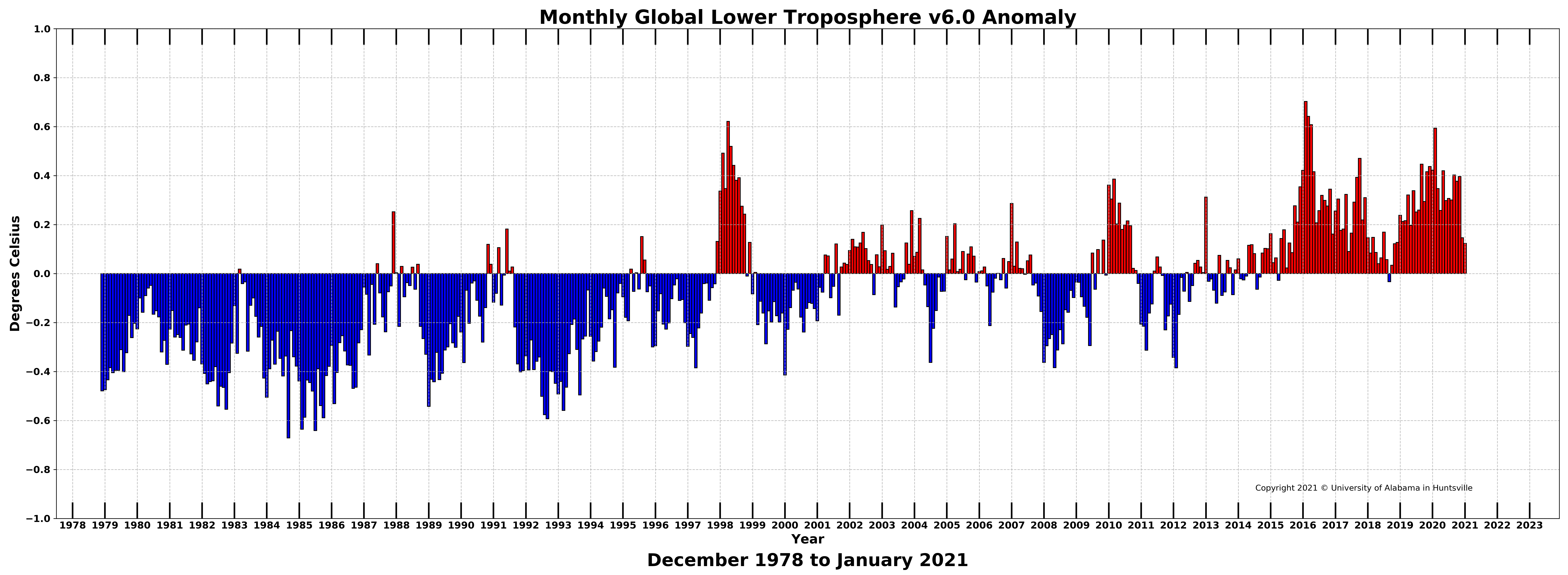
Global climate trend since Dec. 1 1978: +0.14 C per decade
Global Temperature Report: January 2021
with New Reference Base, 1991-2020
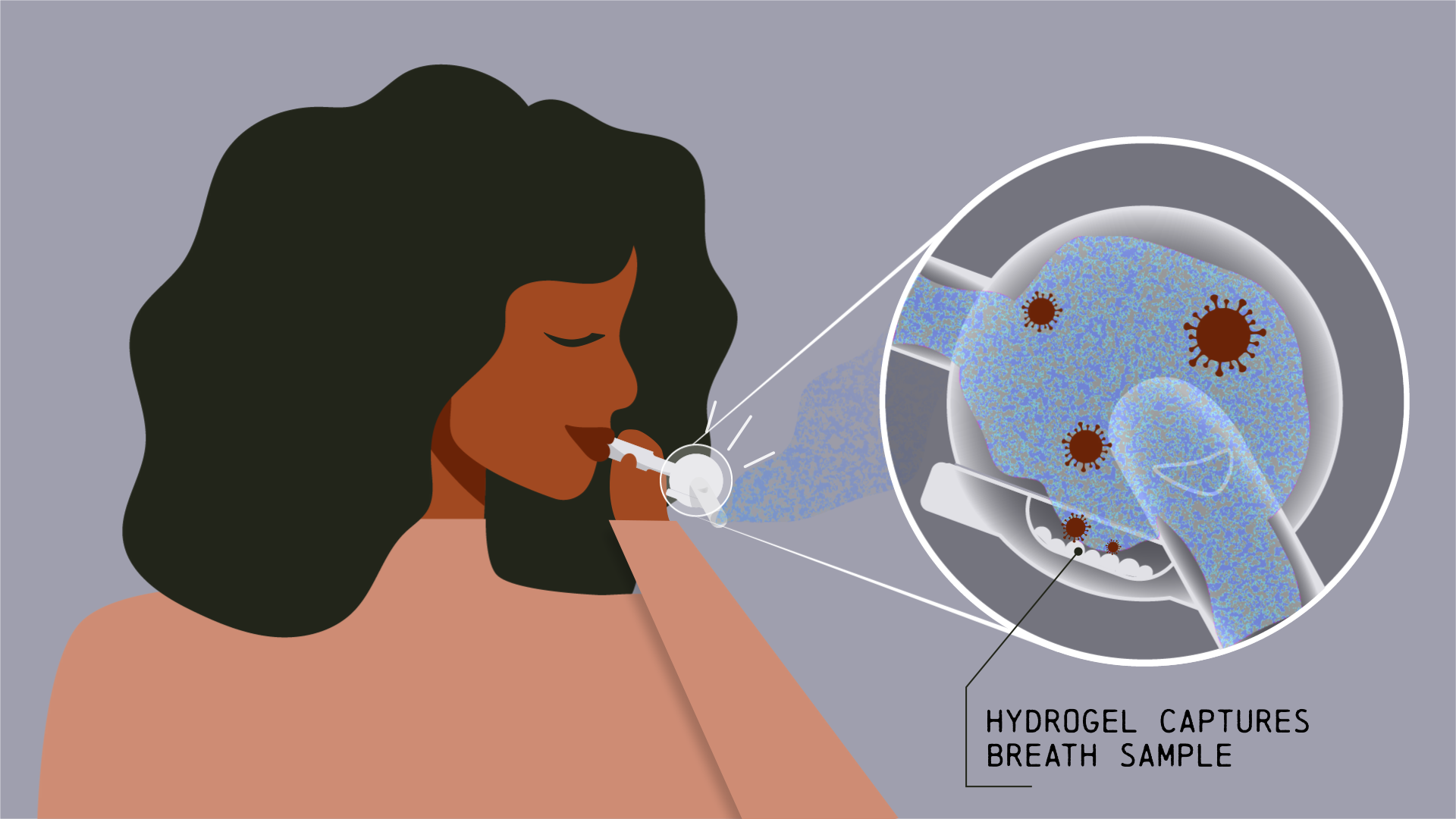
Story tips: COVID breath-sampling, welding advances and powered by water
ORNL story tips: COVID breath-sampling, welding advances and powered by water
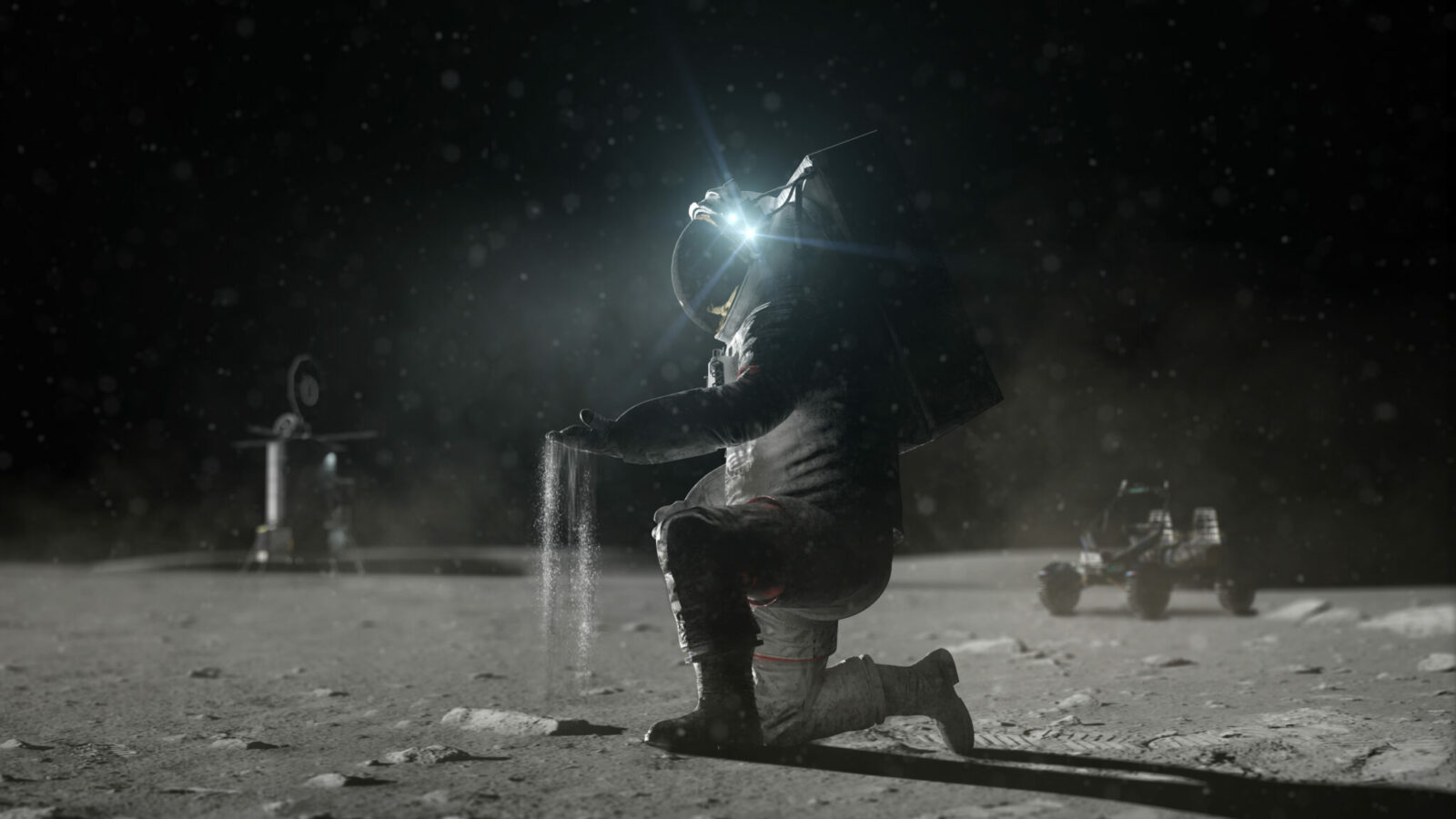
Missouri S&T among winners in NASA’s BIG Idea Challenge
The success of NASA’s future plans to explore and inhabit the moon may depend in part on research by university students, including a team of seven from Missouri University of Science and Technology who have won a grant from the space agency to develop a way to remove lunar dust from power-producing solar cells.The Missouri S&T team is one of seven university-affiliated groups to be selected for funding through NASA’s Breakthrough, Innovative and Game-changing (BIG) Idea Challenge.
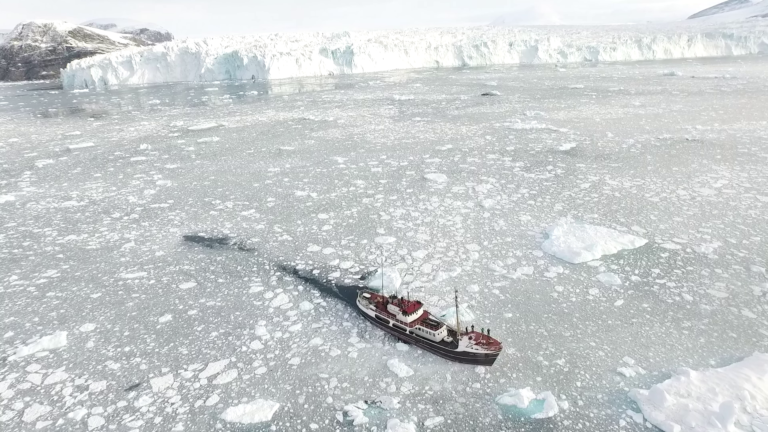
Increasing ocean temperature threatens Greenland’s ice sheet
Irvine, Calif., Jan. 25, 2021 — Scientists at the University of California, Irvine and NASA’s Jet Propulsion Laboratory have for the first time quantified how warming coastal waters are impacting individual glaciers in Greenland’s fjords. Their work is the subject of a study published recently in Science Advances. Working under the auspices of the Oceans Melting Greenland mission for the past five years, the researchers used ships and aircraft to survey 226 glaciers in all sectors of one of Earth’s largest islands.
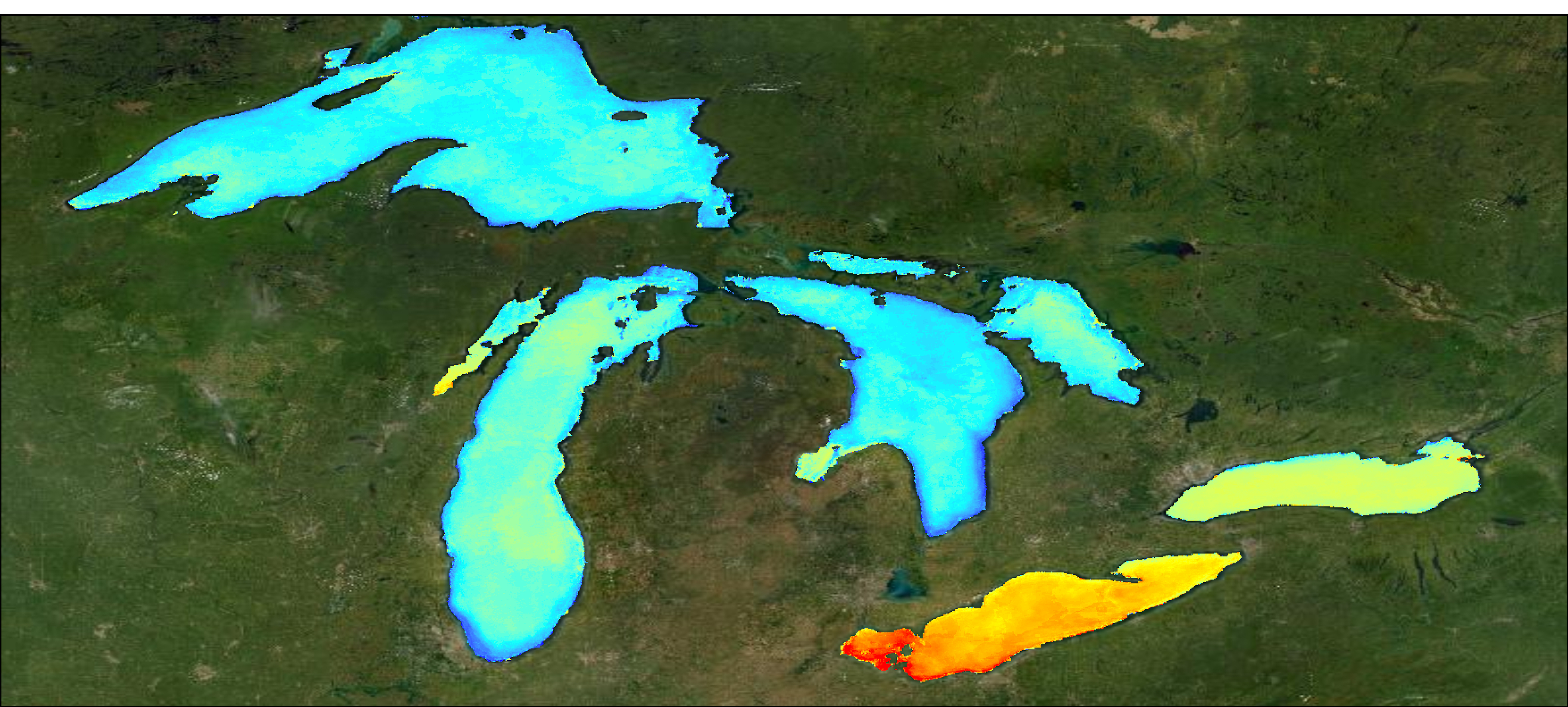
World’s Largest Lakes Reveal Climate Change Trends
Sixteen years of remote sensing data reveals that in Earth’s largest freshwater lakes, climate change influences carbon fixation trends.
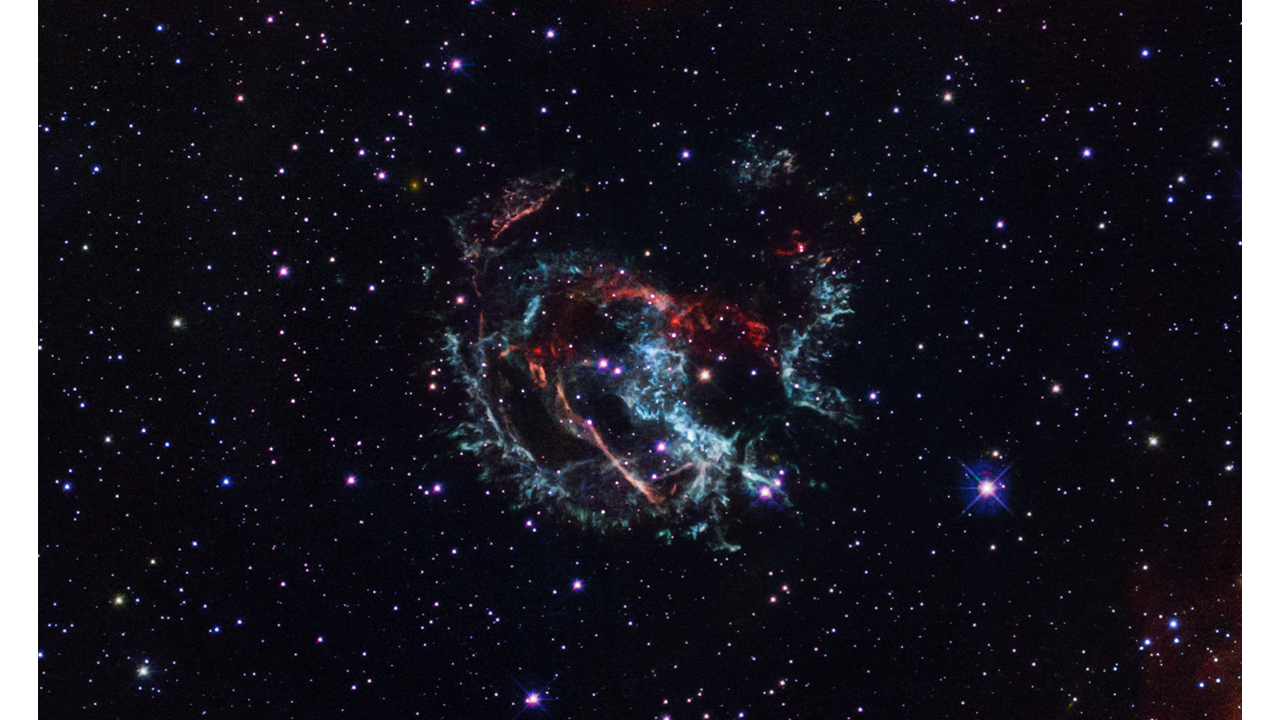
Researchers Rewind the Clock to Calculate Age and Site of Supernova Blast
Hubble astronomers have retraced the expanding gaseous debris from a nearby exploded star to estimate the location and time of the stellar detonation. Their analysis reveals that the light from the supernova blast reached Earth about 1,700 years ago.
NASA study on global warming very concerning, Tulane scientist says
Torbjörn Törnqvist, the Vokes Geology Professor at Tulane University, says a NASA study showing 2020 the hottest year on record globally is especially concerning, given it occurred in a La Niña year. “A La Niña year tends to be cooler…
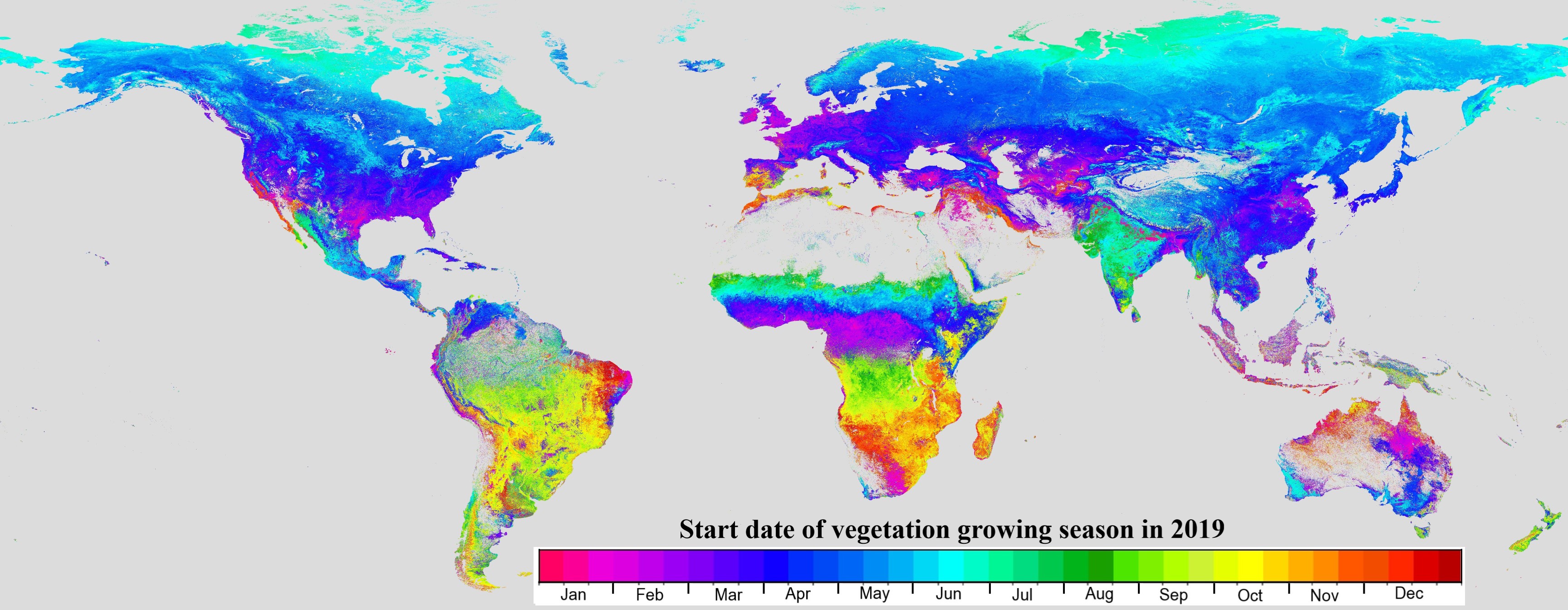
NASA product tracks global growing seasons
Scientists can track the growing season globally for free through the NASA land surface phenology project.
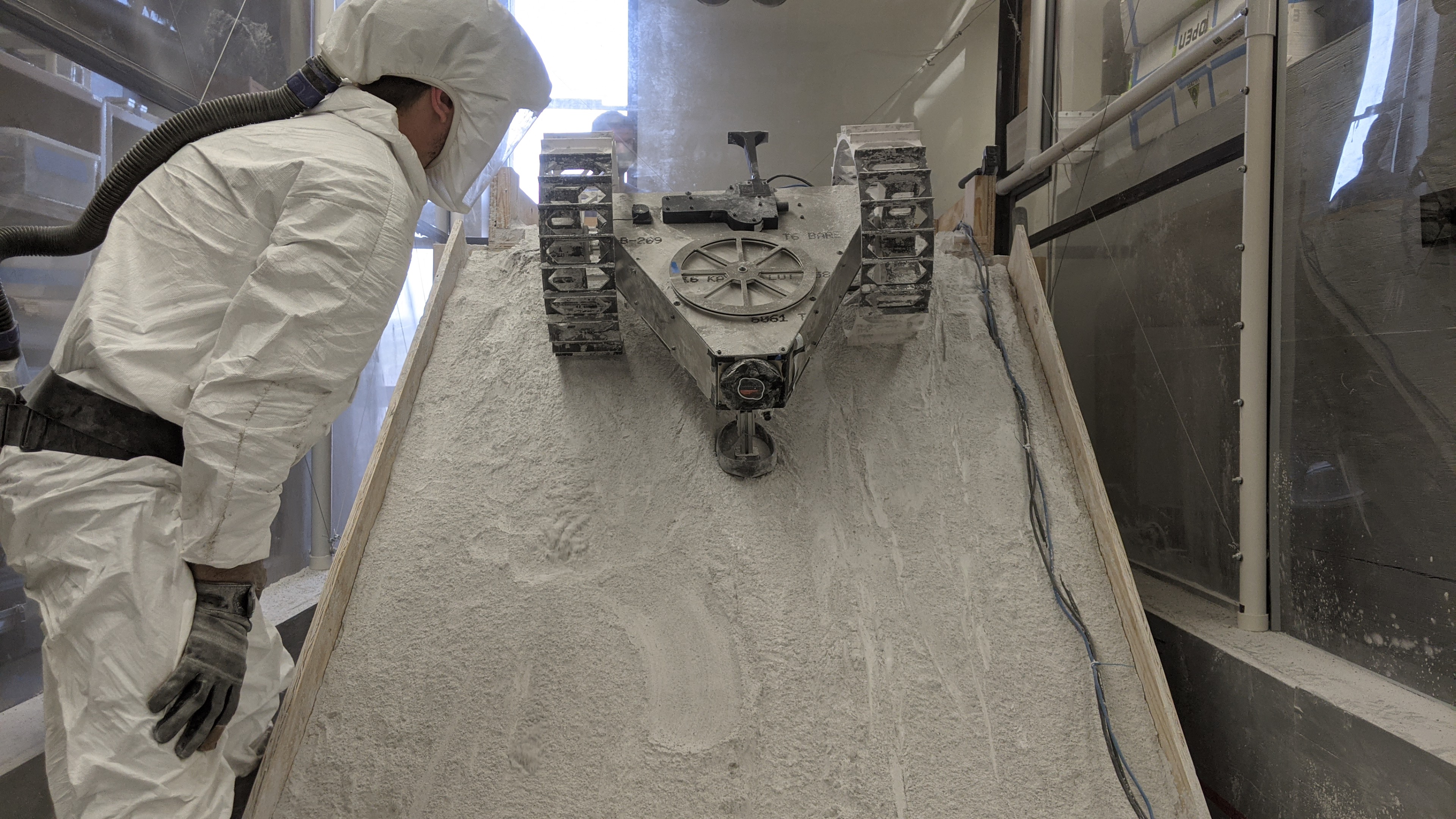
MTU students win NASA’s BIG Idea Challenge
MTU students took home top honors — the Artemis Award — in NASA’s Breakthrough, Innovative and Game-changing (BIG) Idea Challenge. Eight university teams competed in the BIG Idea Challenge for 2020, called the Lunar PSR Challenge. The goal? Demonstrating different technologies and designs to study and explore the moon’s permanently shadowed regions (PSRs), which NASA officials note are a formidable challenge for space exploration.
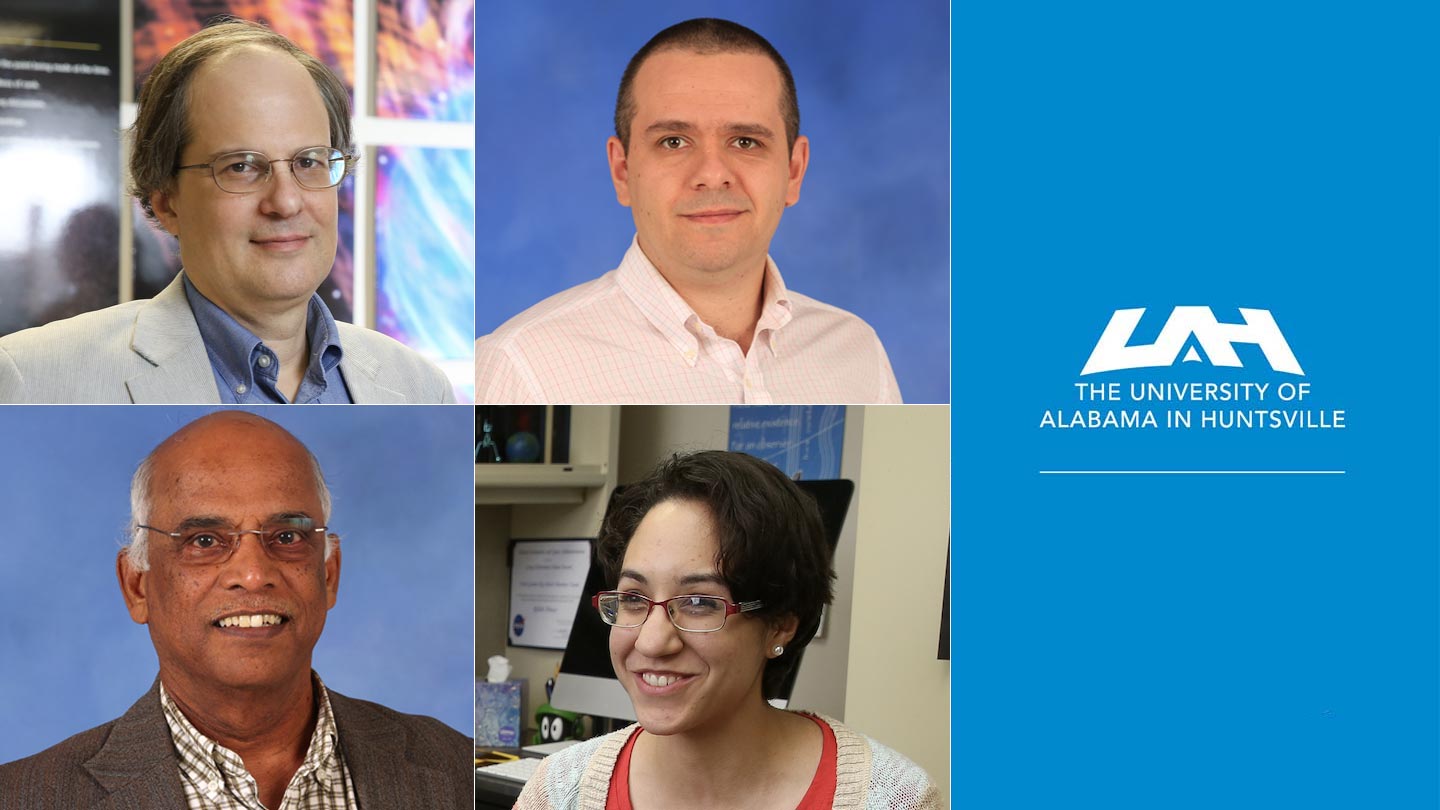
UAH scientists are part of first discovery of giant neutron star flare outside Milky Way
The first-time discovery of a giant flare from a neutron star that’s outside Earth’s galactic neighborhood is the subject of a new research paper in the journal Nature that has four co-authors from The University of Alabama in Huntsville (UAH), a part of the University of Alabama System.
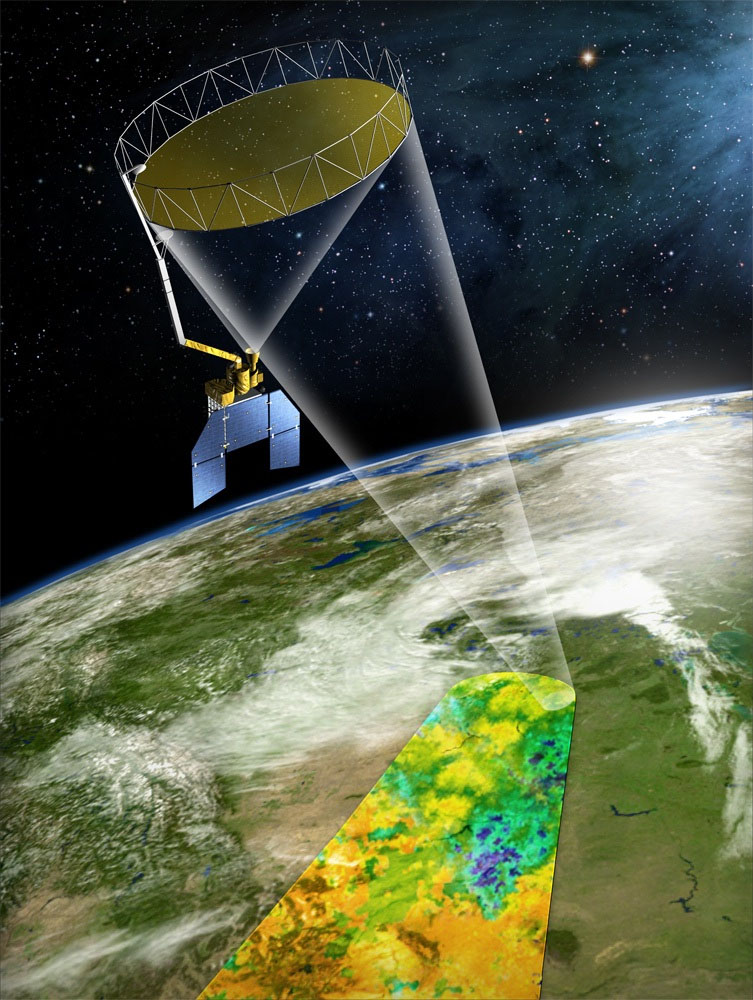
Advising NASA on which satellites should stay in orbit
Iowans are helping to shape the future of NASA’s satellite missions. Faculty from Iowa State and Iowa were among 13 scientists selected to serve on a congressionally mandated panel to advise NASA on which satellite missions should continue and which should be grounded.
Science for Space…and Space for Science
The Department of Energy is finding new ways to partner with NASA. Together, we are using research to enable space travel as well as conduct research that is only possible in space.
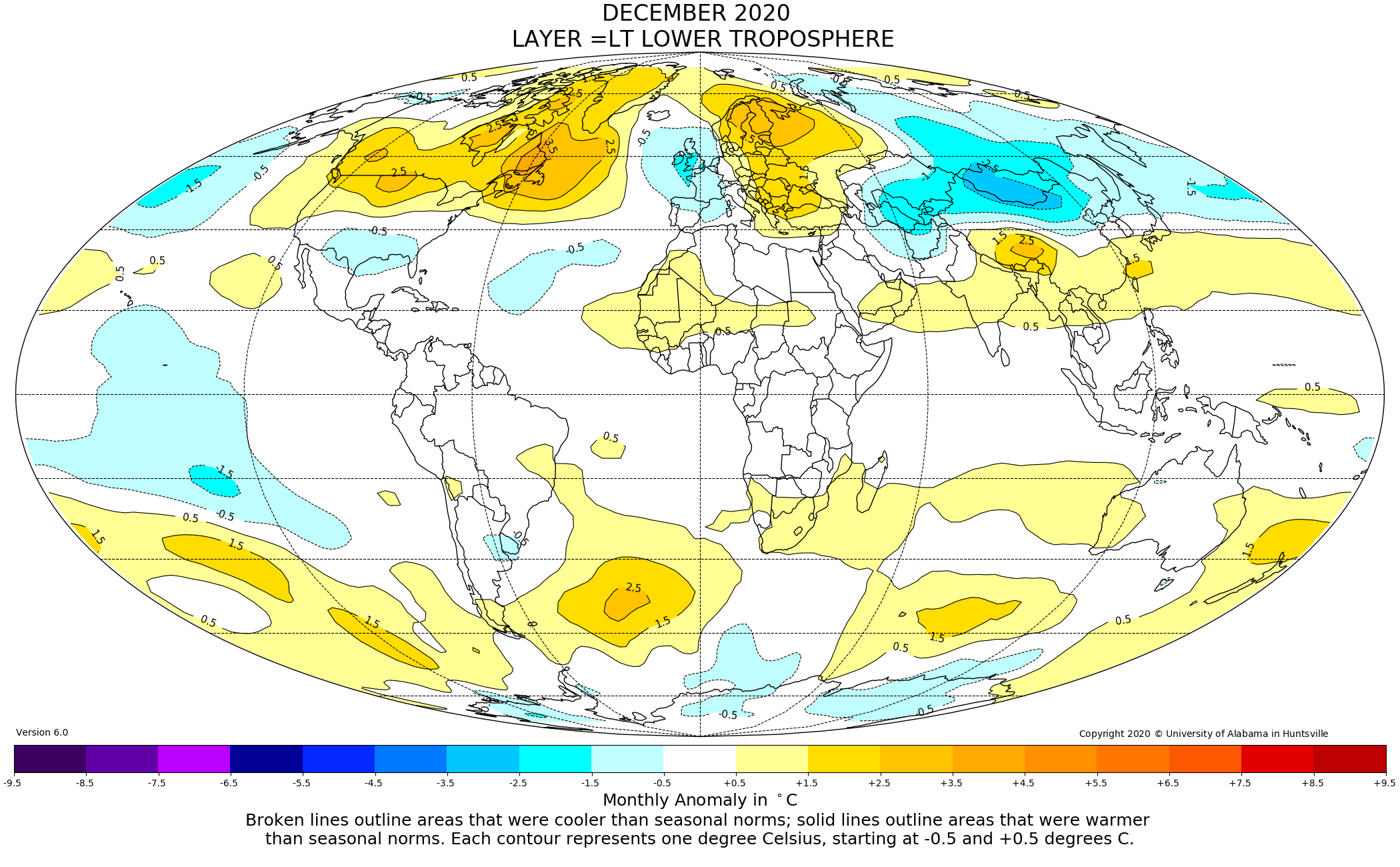
Global climate trend since Dec. 1 1978: +0.14 C per decade
Global Temperature Report: December 2020
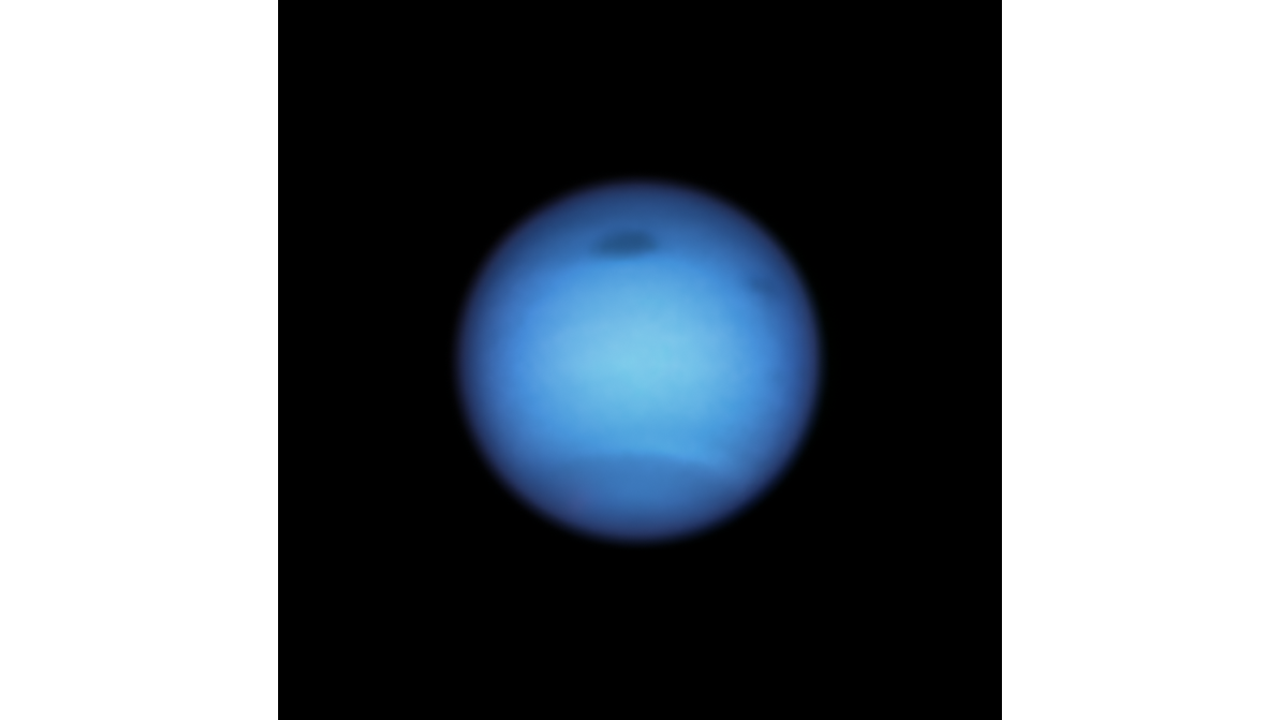
Dark Storm on Neptune Reverses Direction, Possibly Shedding a Fragment
A giant dark storm on Neptune heading for certain doom at the equator mysteriously halted its journey and began drifting in the opposite direction. Almost simultaneously, another smaller dark spot appeared nearby, only to vanish months later. Hubble astronomers are presenting these findings today at the Fall 2020 American Geophysical Union meeting.
Powerful electrical events quickly alter surface chemistry on Mars and other planetary bodies
Thinking like Earthlings may have caused scientists to overlook the electrochemical effects of Martian dust storms. On Earth, dust particles are viewed mainly in terms of their physical effects, like erosion. But, in exotic locales from Mars to Venus to Jupiter’s icy moon Europa, electrical effects can affect the chemical composition of a planetary body’s surface and atmosphere in a relatively short time, according to research from Washington University in St. Louis.
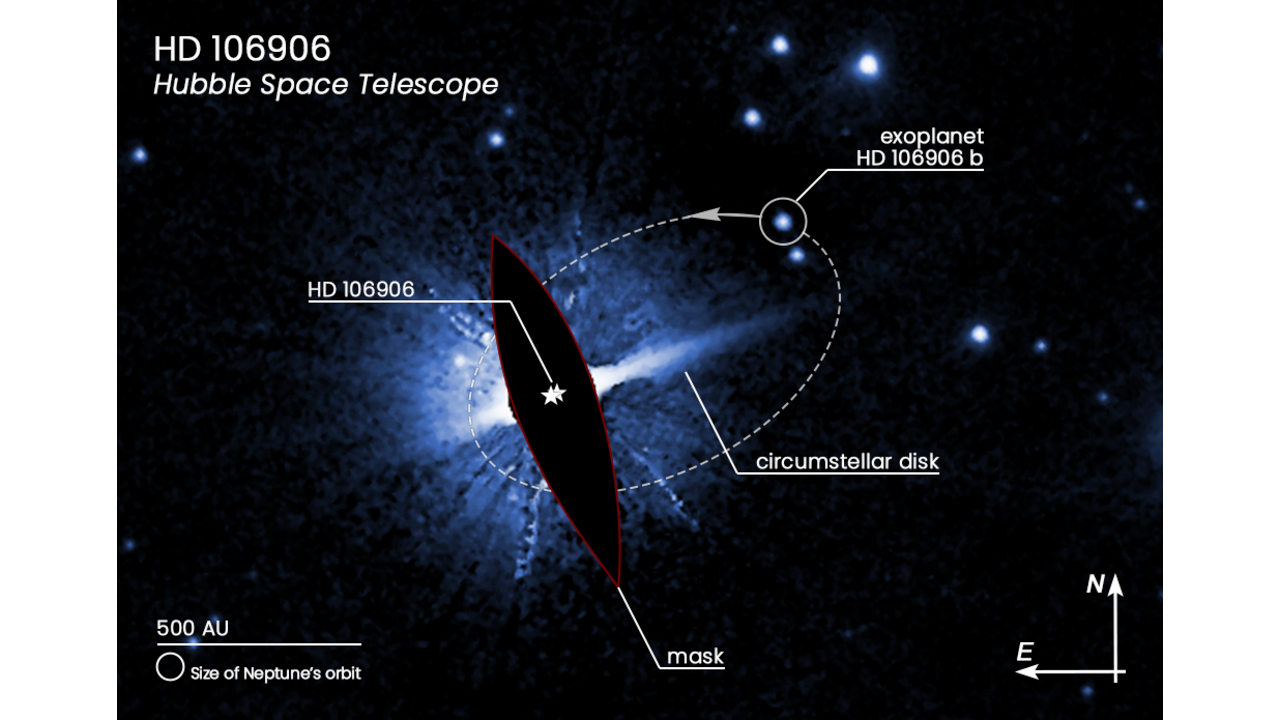
Hubble Pins Down Weird Exoplanet with Far-Flung Orbit
Astronomers analyzing Hubble images of the double star, HD 106906, have discovered a planet in a huge 15,000-year-long orbit that sweeps it as far from its stellar duo as Planet Nine would be from our Sun. This is observational evidence that similarly far-flung worlds may exist around other stars. Researchers hypothesize that the planet wound up there in a game of planetary pinball where the gravitational pull of a passing star modified the orbit’s shape.
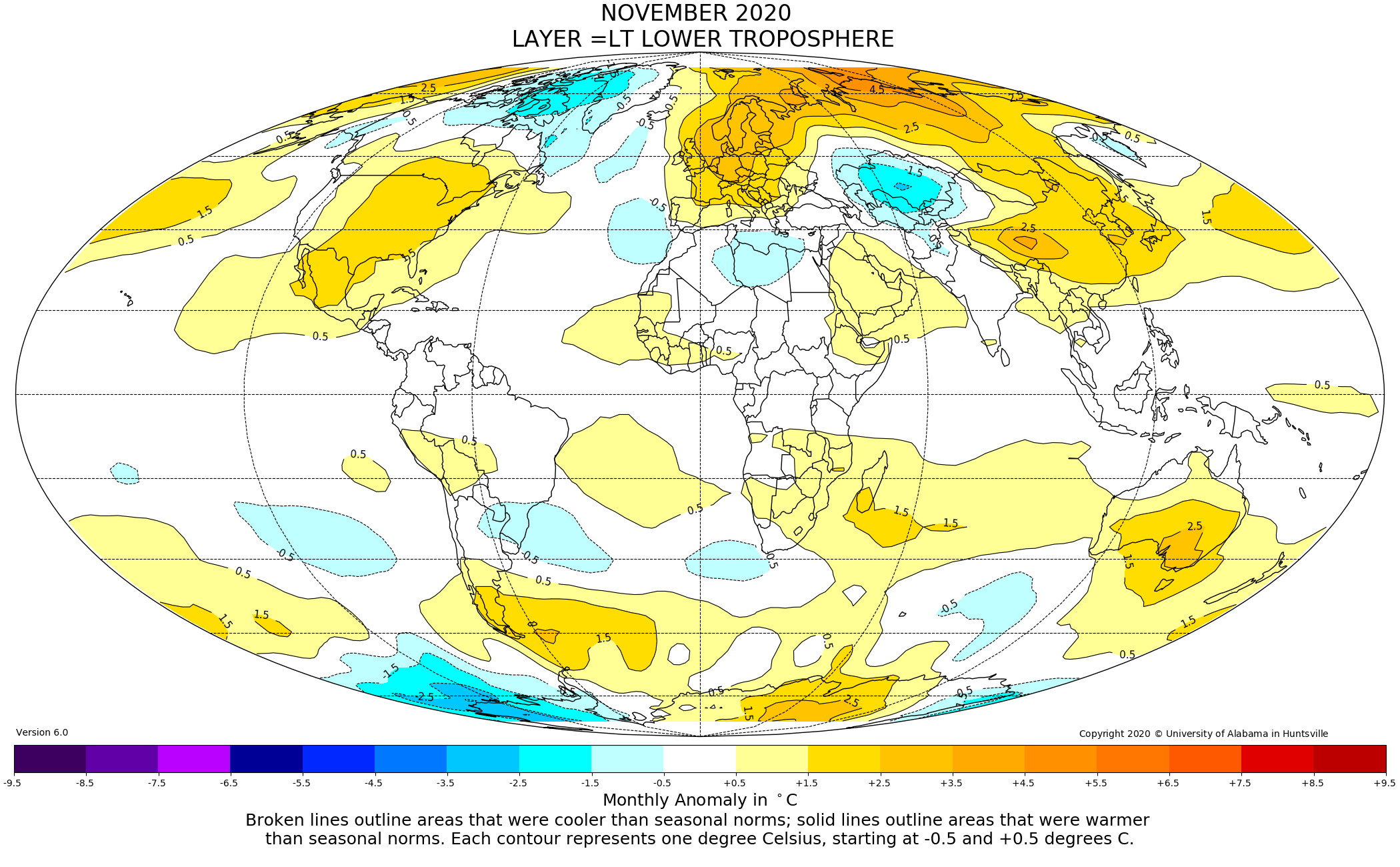
Global climate trend since Dec. 1 1978: +0.14 °C (+0.25 °F) per decade
Global Temperature Report: November 2020
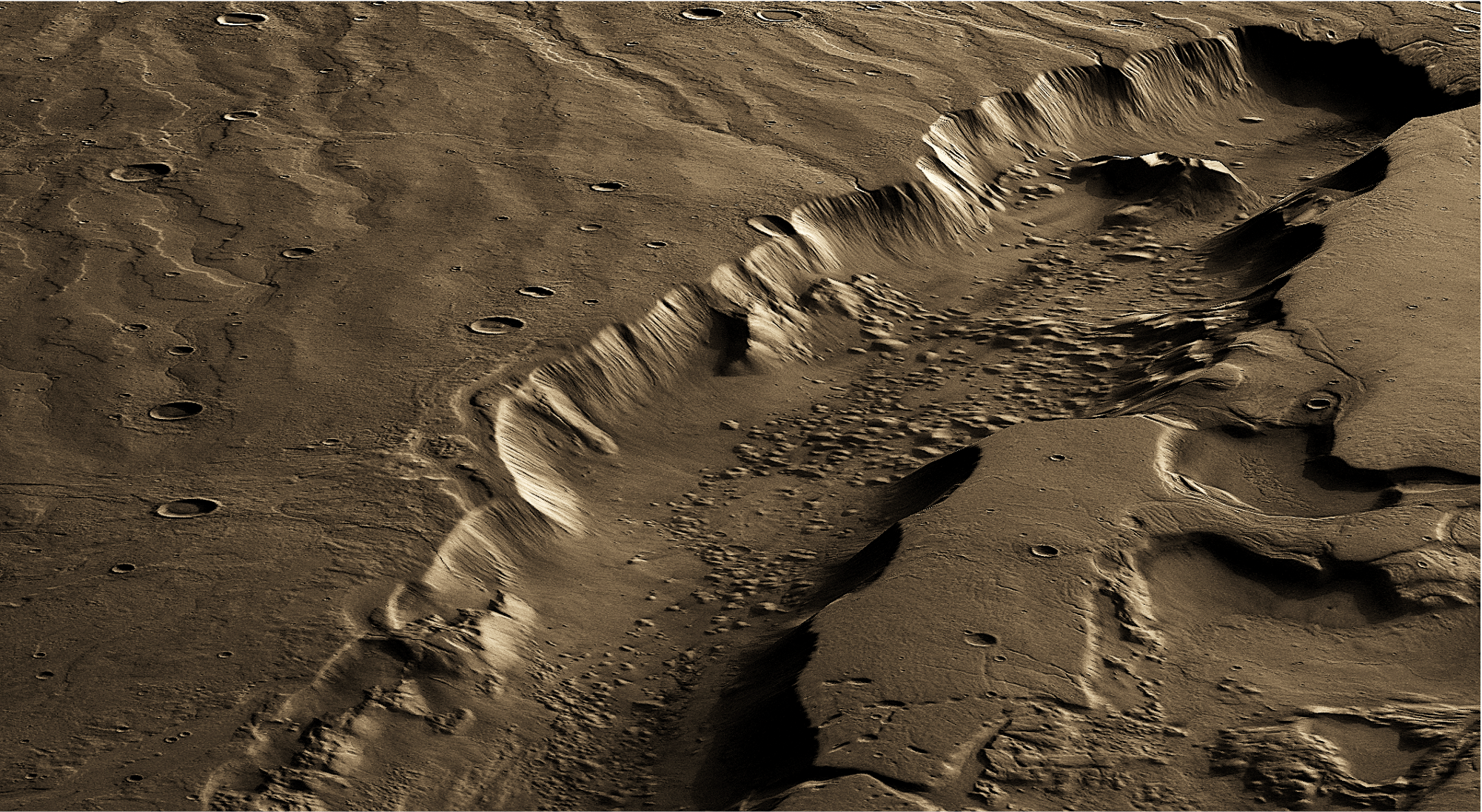
Best Region For Life on Mars Was Far Below Surface
The most habitable region for life on Mars would have been up to several miles below its surface, likely due to subsurface melting of thick ice sheets fueled by geothermal heat, a Rutgers-led study concludes. The study, published in the journal Science Advances, may help resolve what’s known as the faint young sun paradox – a lingering key question in Mars science.
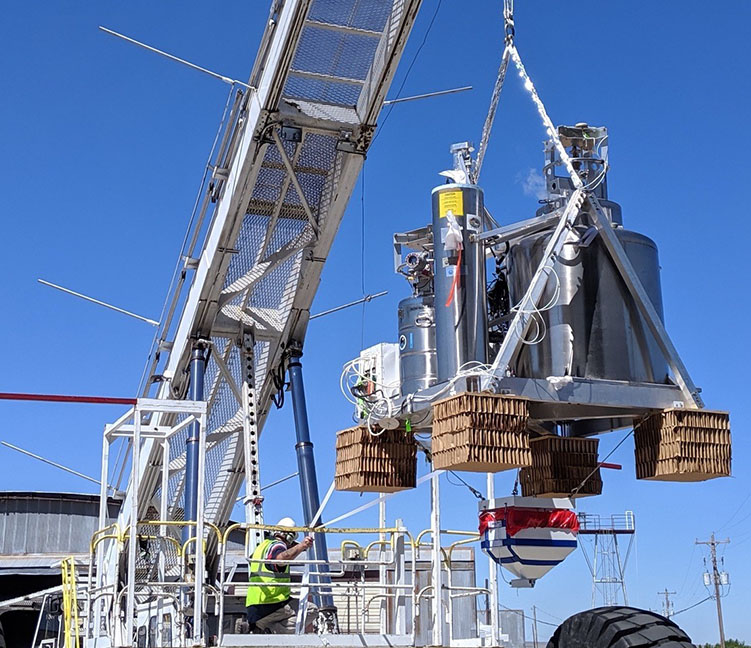
Scientists Solve Big Limitation of Stratospheric Balloon Payloads
Nearly all photons emitted after the Big Bang are now visible only at far-infrared wavelengths. Earth’s atmosphere blocks most of this light, so scientists are turning to huge stratospheric balloons to explore it. However, it is quite difficult to cool a telescope the size of a living room to nearly absolute zero while flying it from a balloon. This is where the Balloon-Borne Cryogenic Telescope Testbed comes in. NASA researchers discuss the mission in Review of Scientific Instruments.
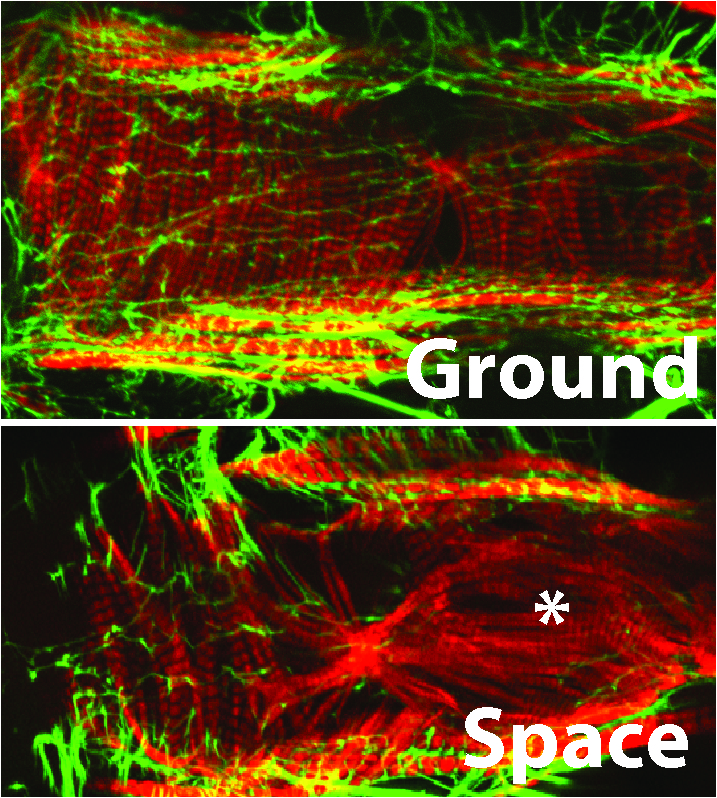
Fruit flies reveal new insights into space travel’s effect on the heart
Scientists at Sanford Burnham Prebys Medical Discovery Institute have shown that fruit flies that spent several weeks on the International Space Station (ISS)—about half of their lives—experienced profound structural and biochemical changes to their hearts.
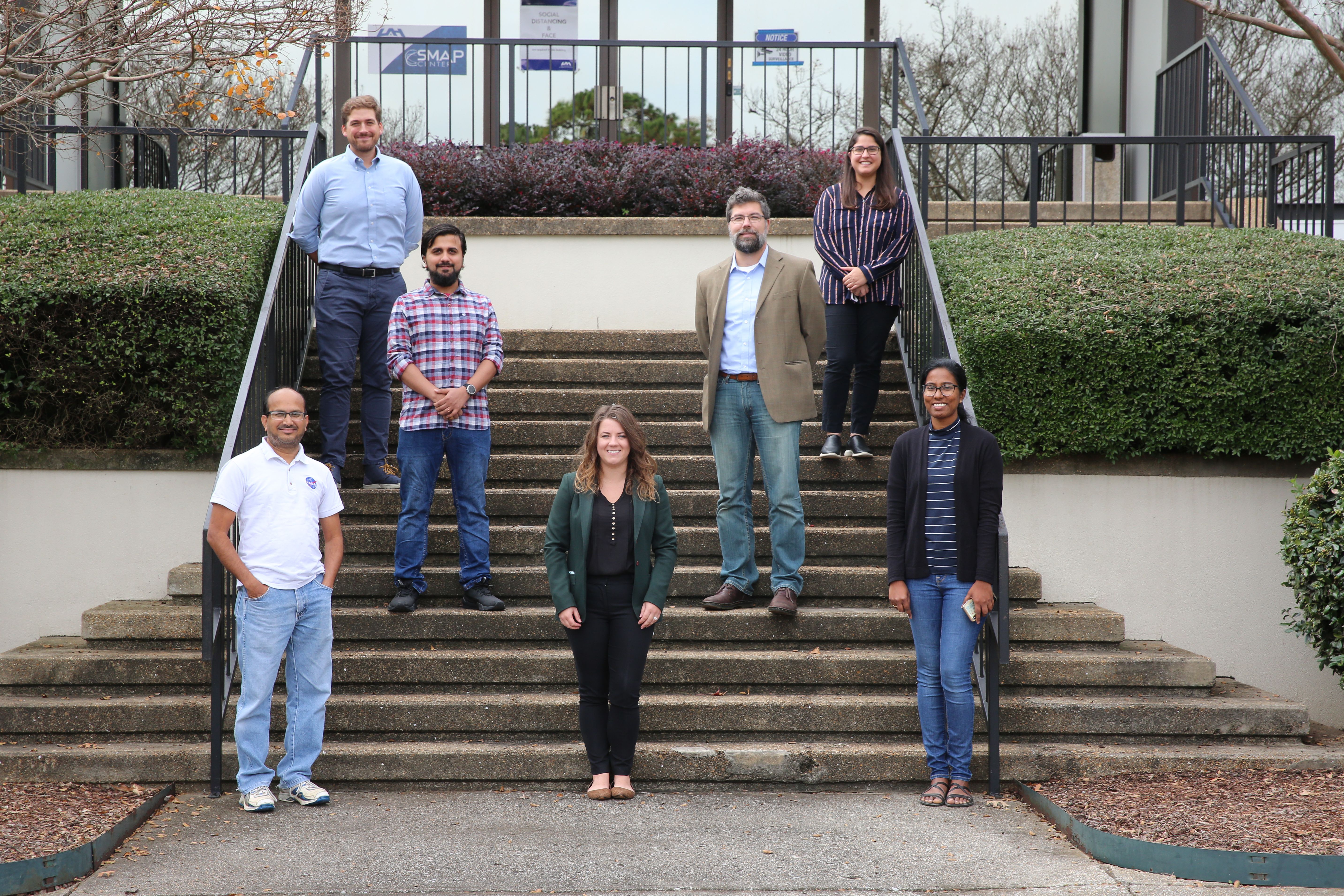
UAH helps develop air quality monitoring application for Thailand
Thailand will get help mitigating air pollution from a new satellite data application co-developed by The University of Alabama (UAH), a part of the University of Alabama System.
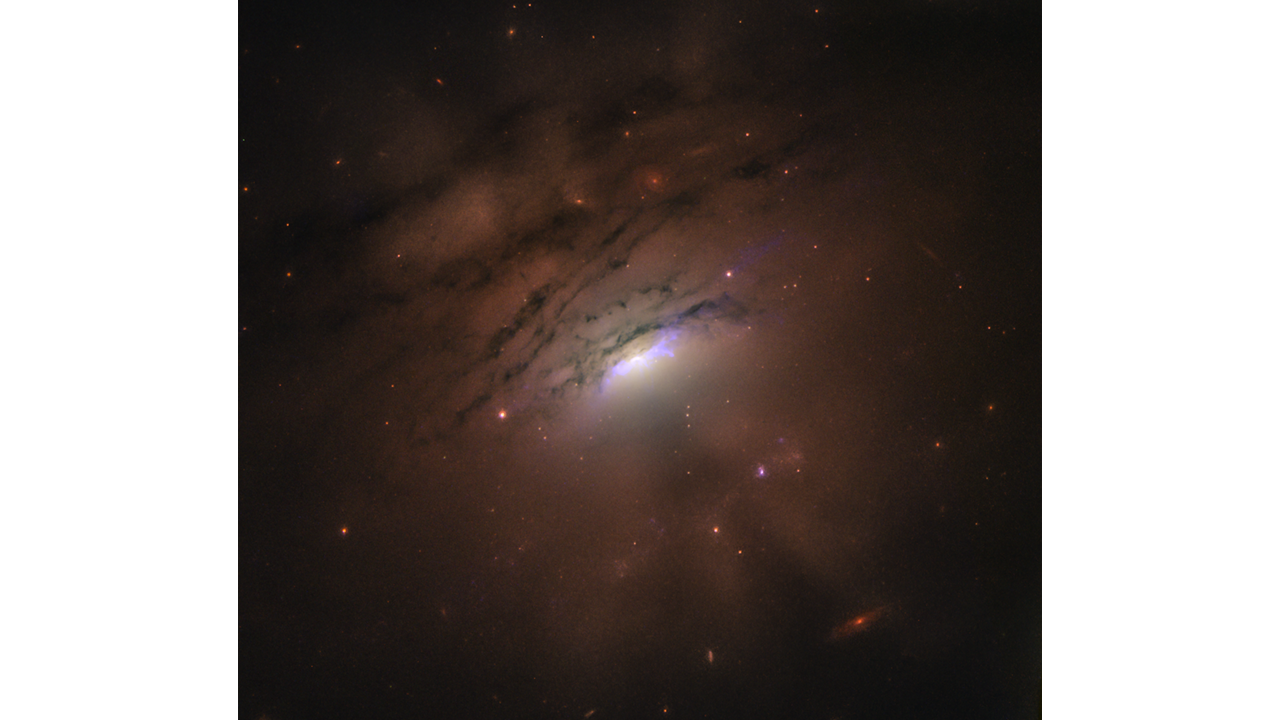
Hubble Catches Possible ‘Shadow Play’ of the Disk Around a Black Hole
This Hubble image of a disk of material feeding a monster black hole in nearby galaxy IC 5063 may be casting its shadow into space. The shadow is interspersed with bright rays that extend across the galaxy. This unique effect offers insight into the structure of the disk.
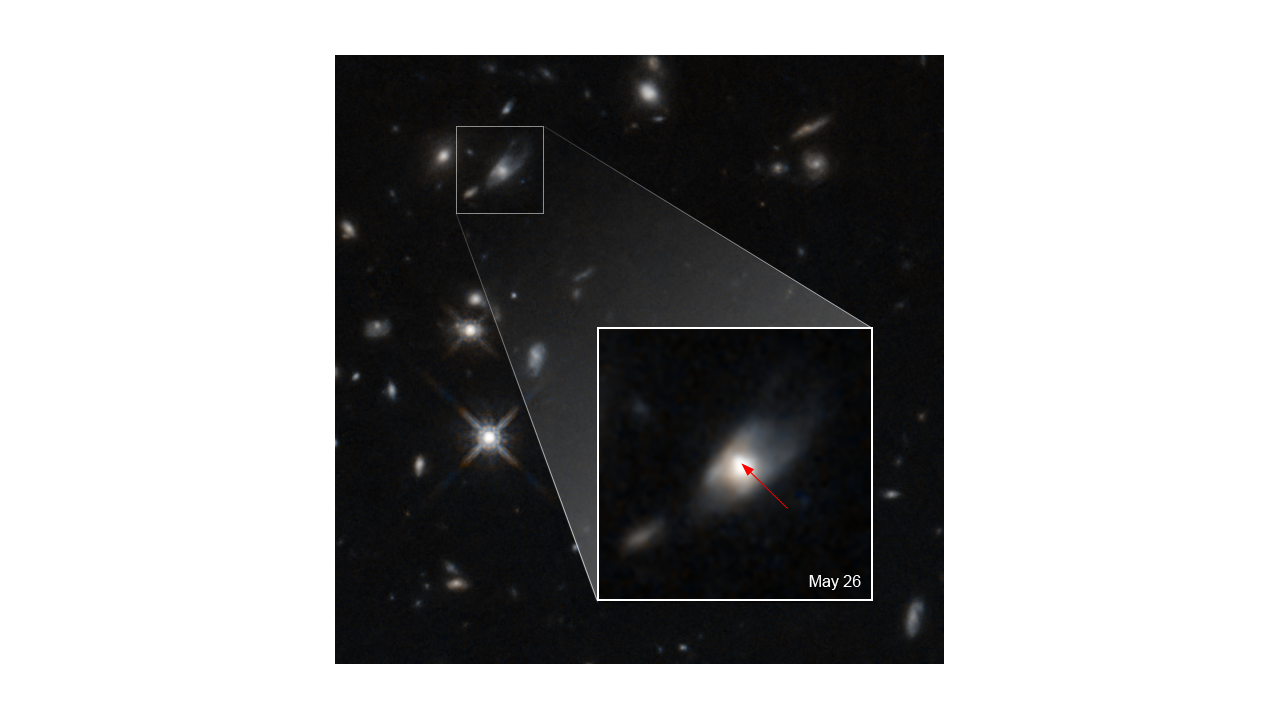
NASA’s Hubble Sees Unexplained Brightness from Colossal Explosion
Following up on an enormous gamma ray burst detected by Swift in May, Hubble astronomers believe they’ve viewed the glow of a kilonova, the aftermath of a colossal explosion caused by the merger of two neutron stars that formed a magnetar. The near-infrared emission seen by Hubble was 10 times brighter than predicted.

Global climate trend since Dec. 1 1978: +0.14 °C (+0.25 °F) per decade
Global Temperature Report: October 2020
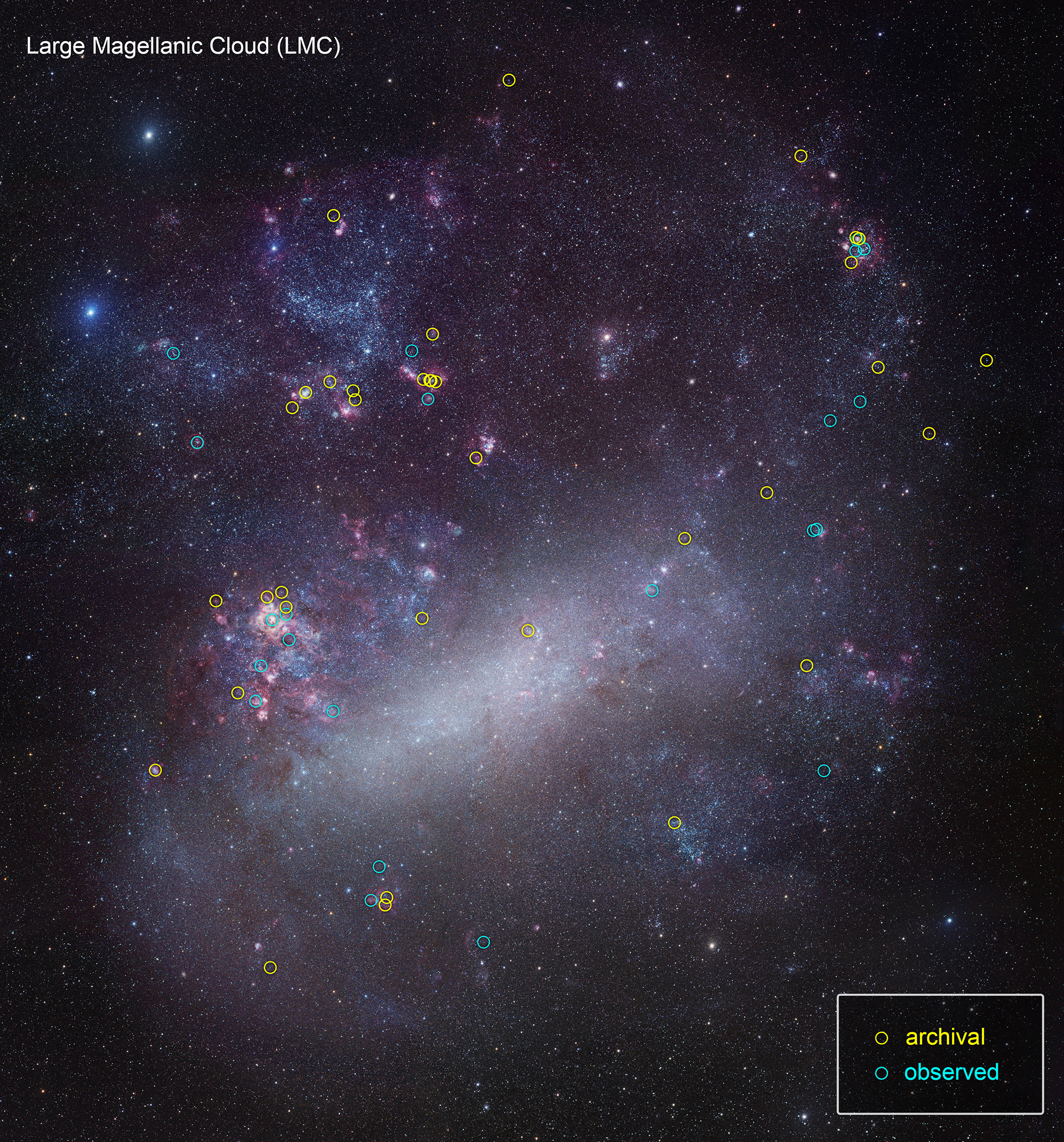
Hubble Launches Large Ultraviolet-Light Survey of Nearby Stars
This is a ground-based telescopic photo of the Large Magellanic Cloud, a satellite galaxy of our Milky Way. The LMC is one of several select targets of a new initiative with NASA’s Hubble Space Telescope, called ULLYSES (UV Legacy Library of Young Stars as Essential Standards). The program is looking at over 300 stars to build an ultraviolet-light catalog for capturing the diversity of stars, from young to old, to give astronomers a much better understanding of the birth of stars and how this relates to everything from planets to the formation and evolution of galaxies.